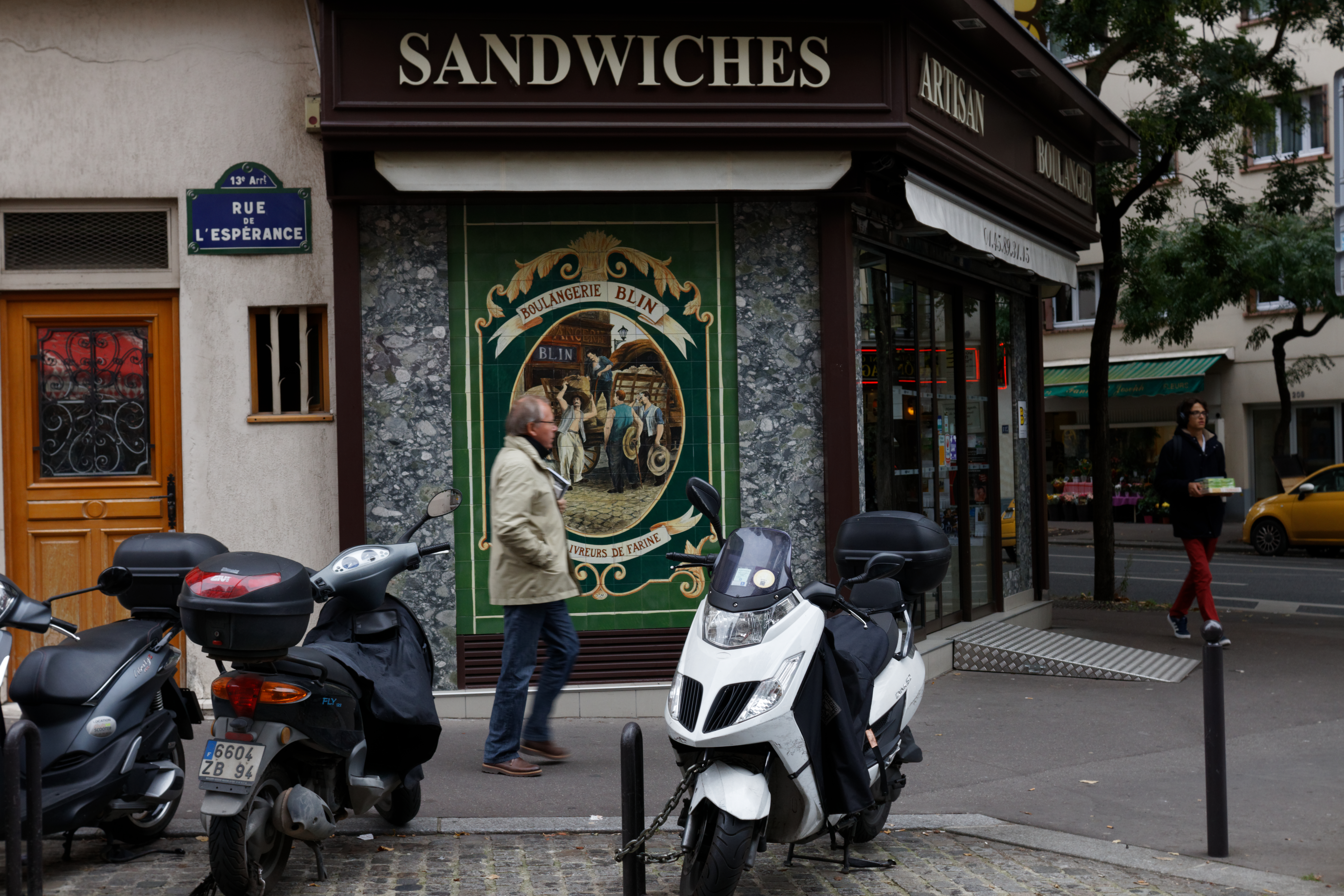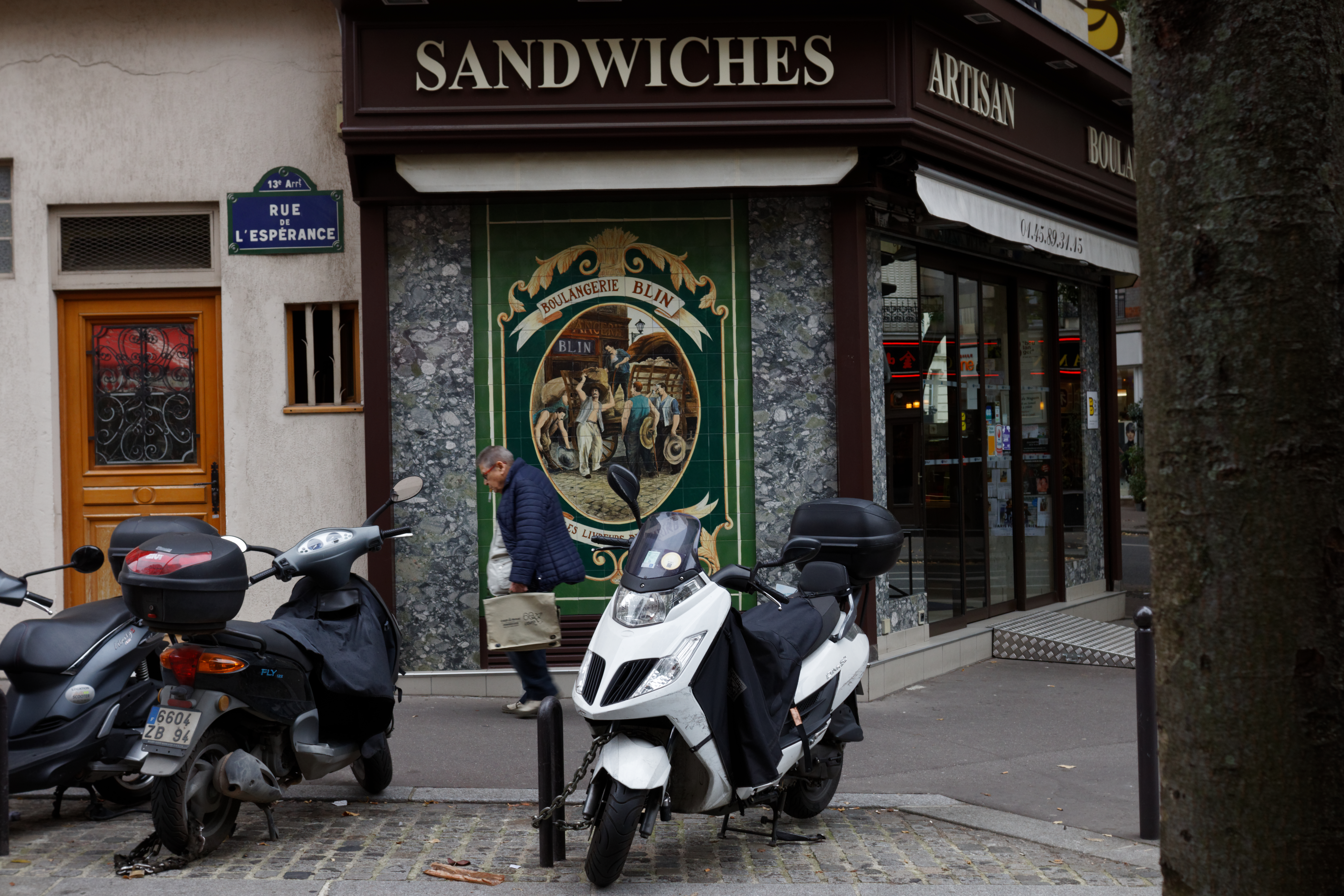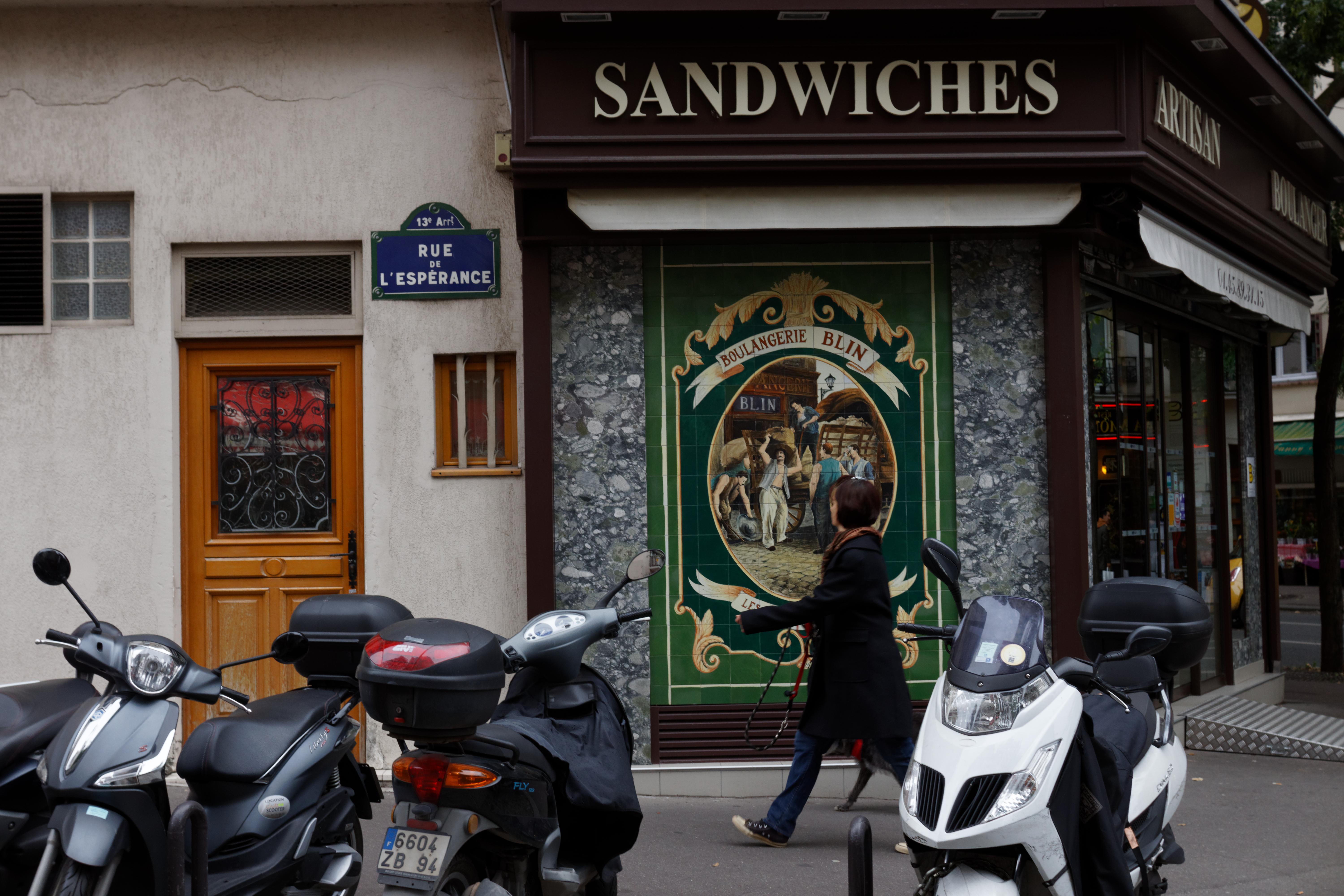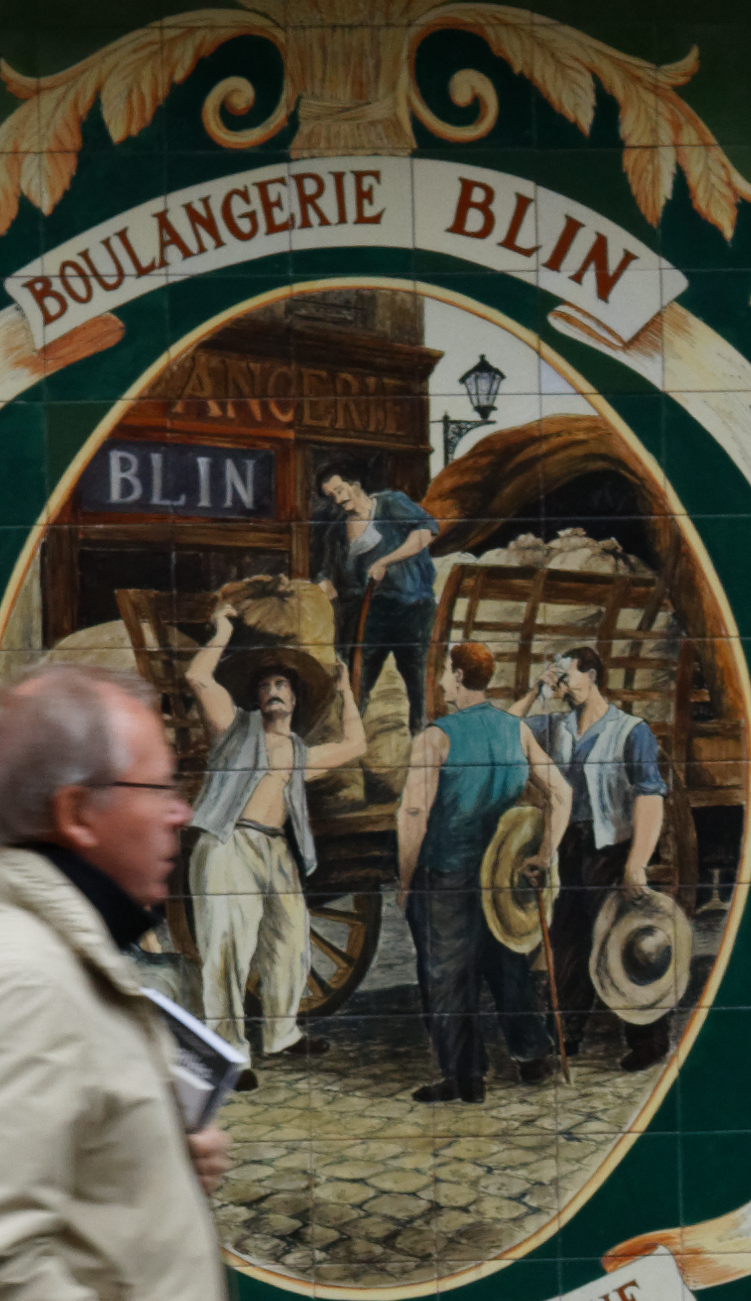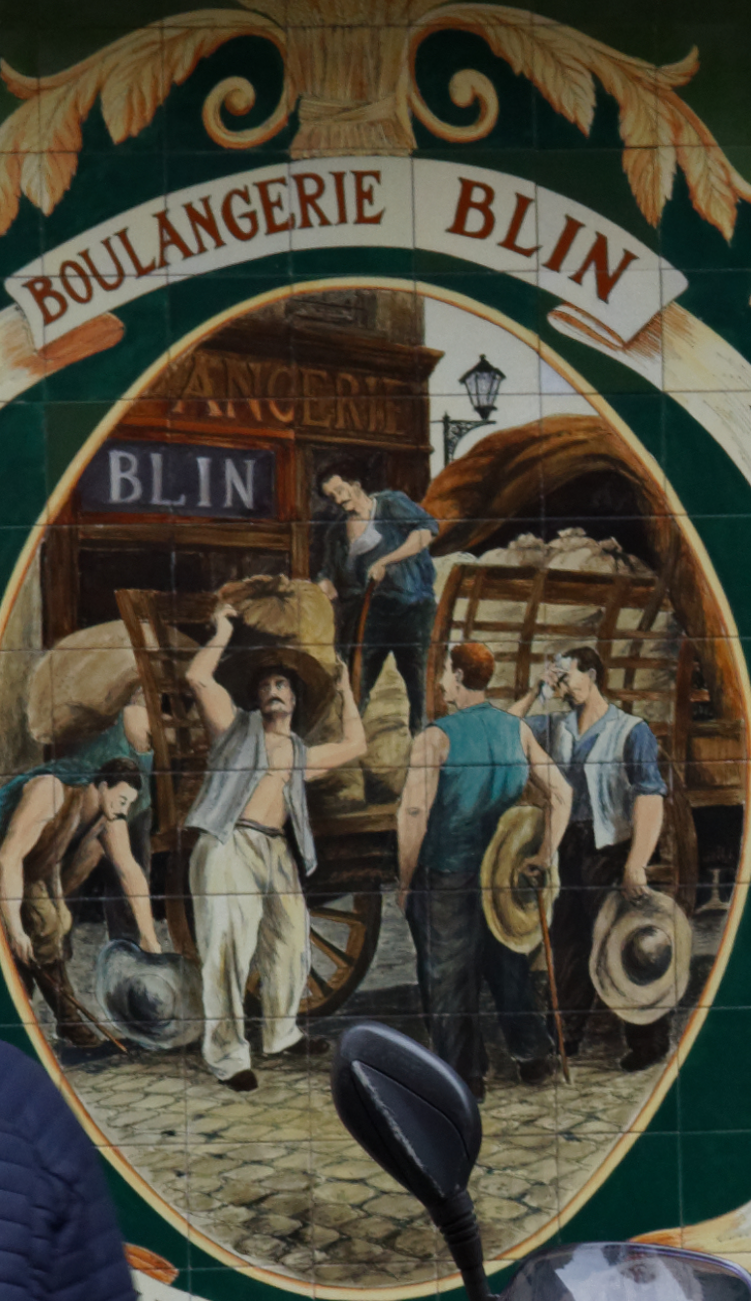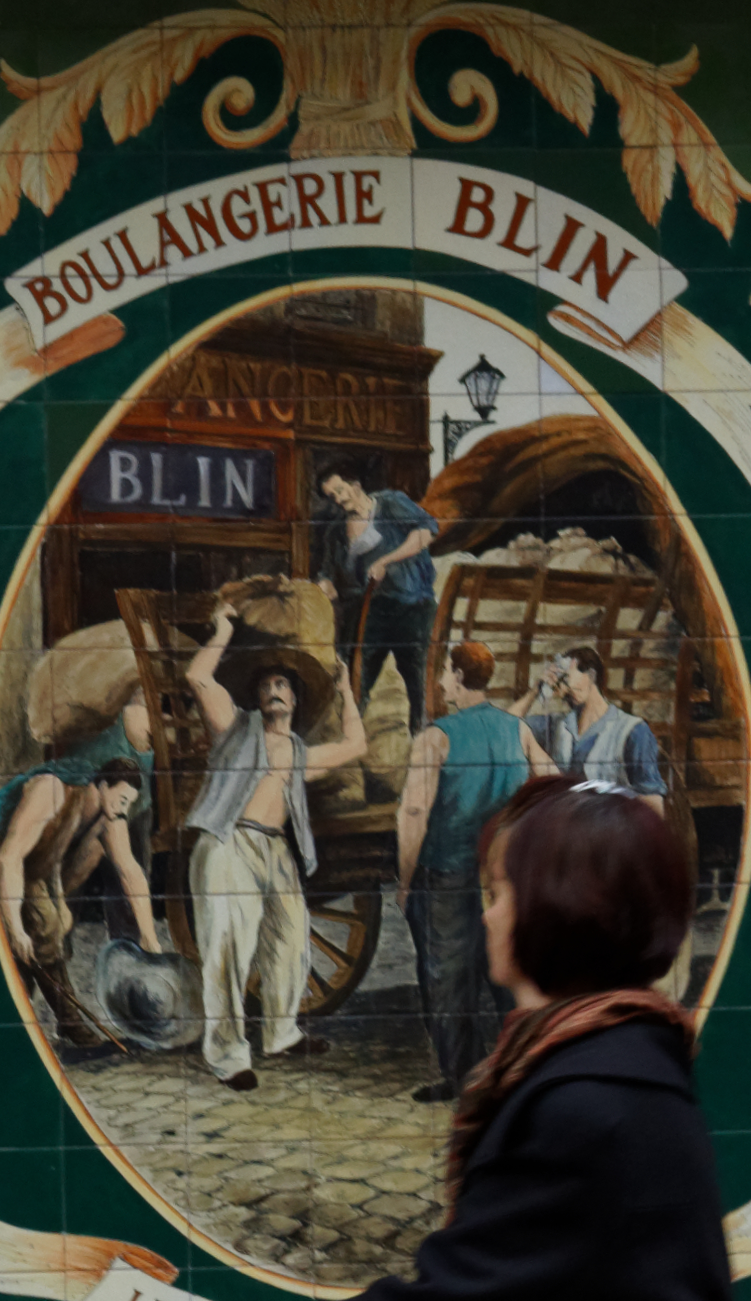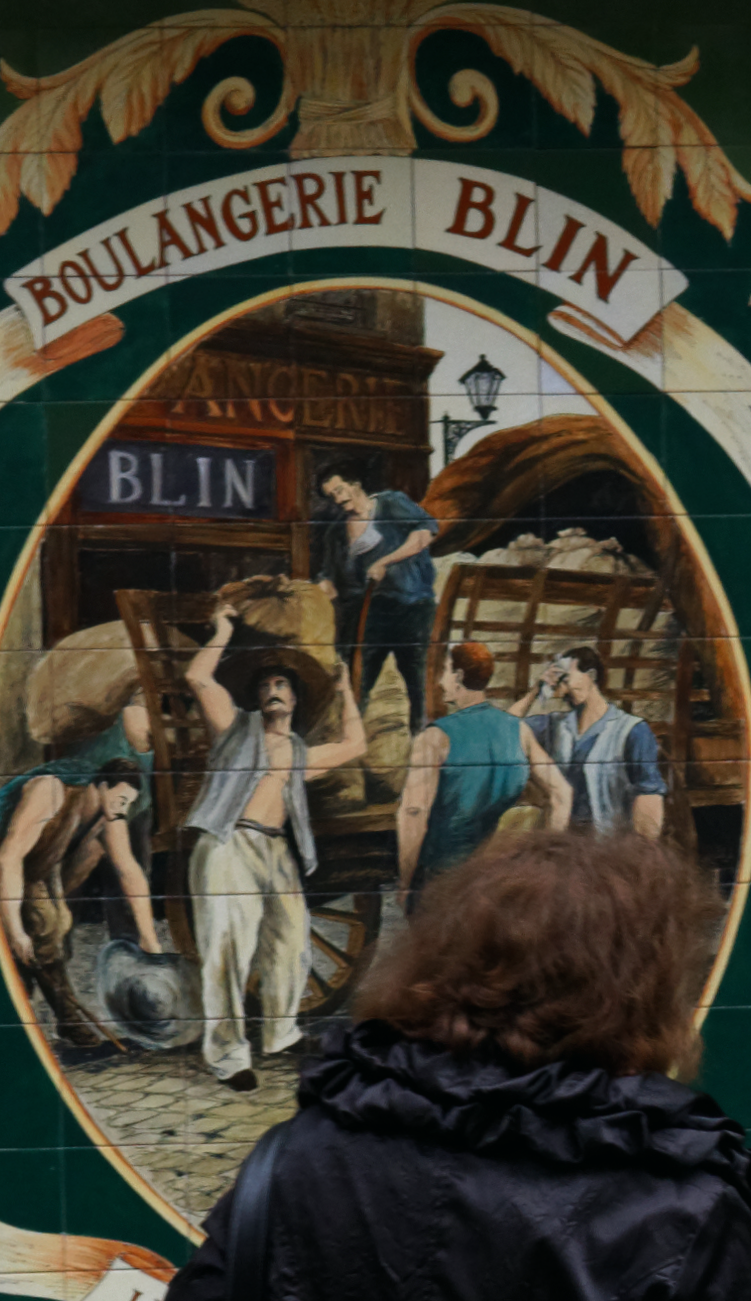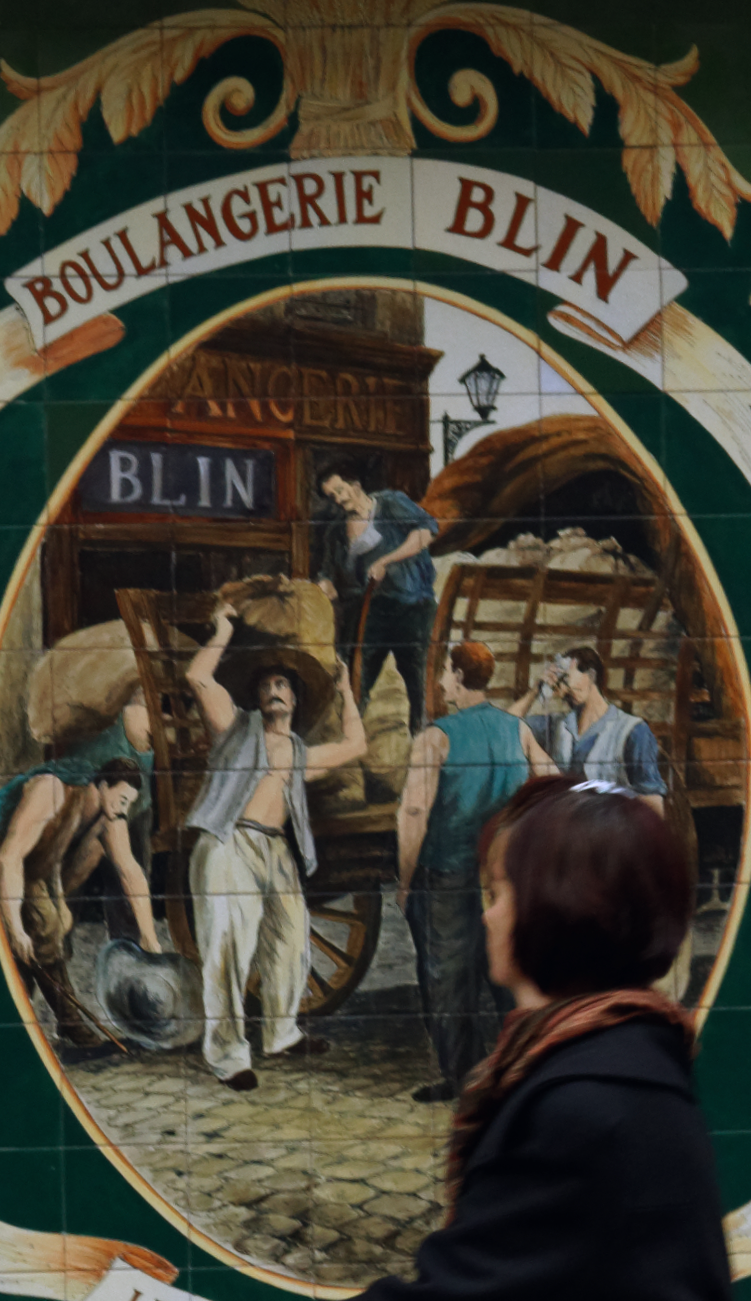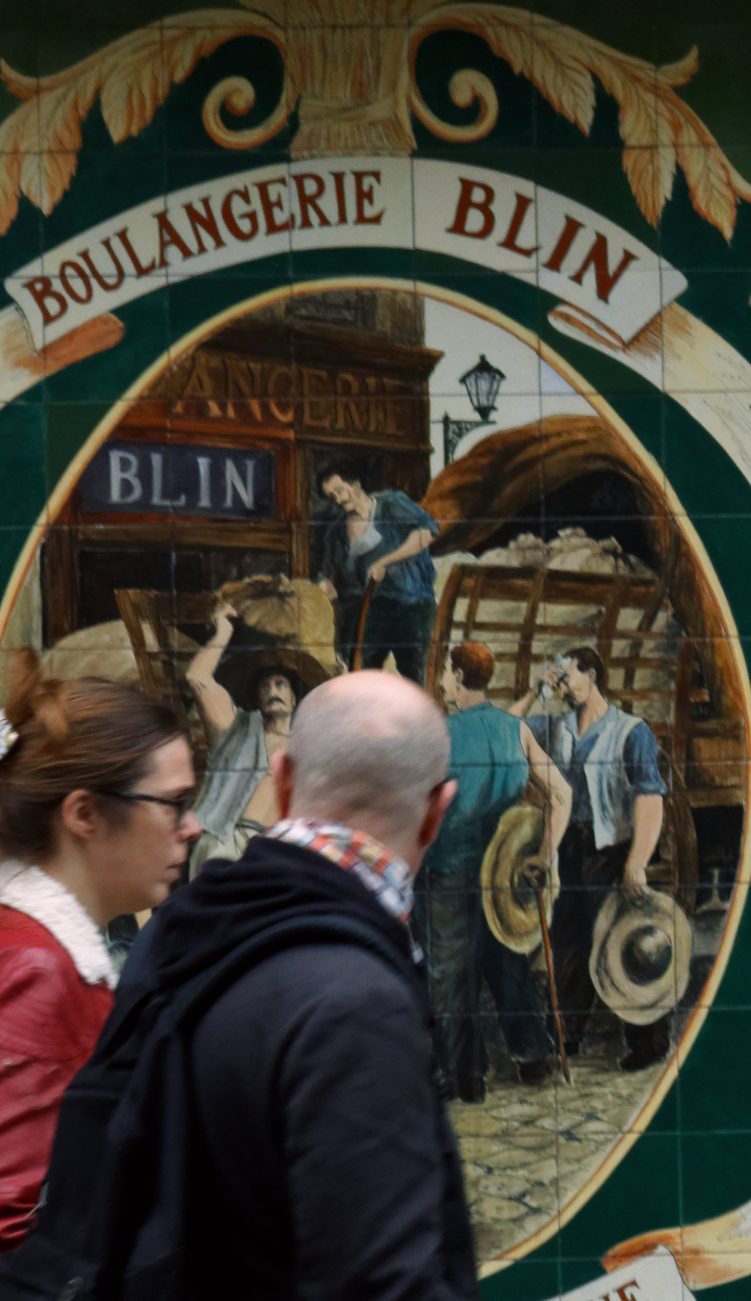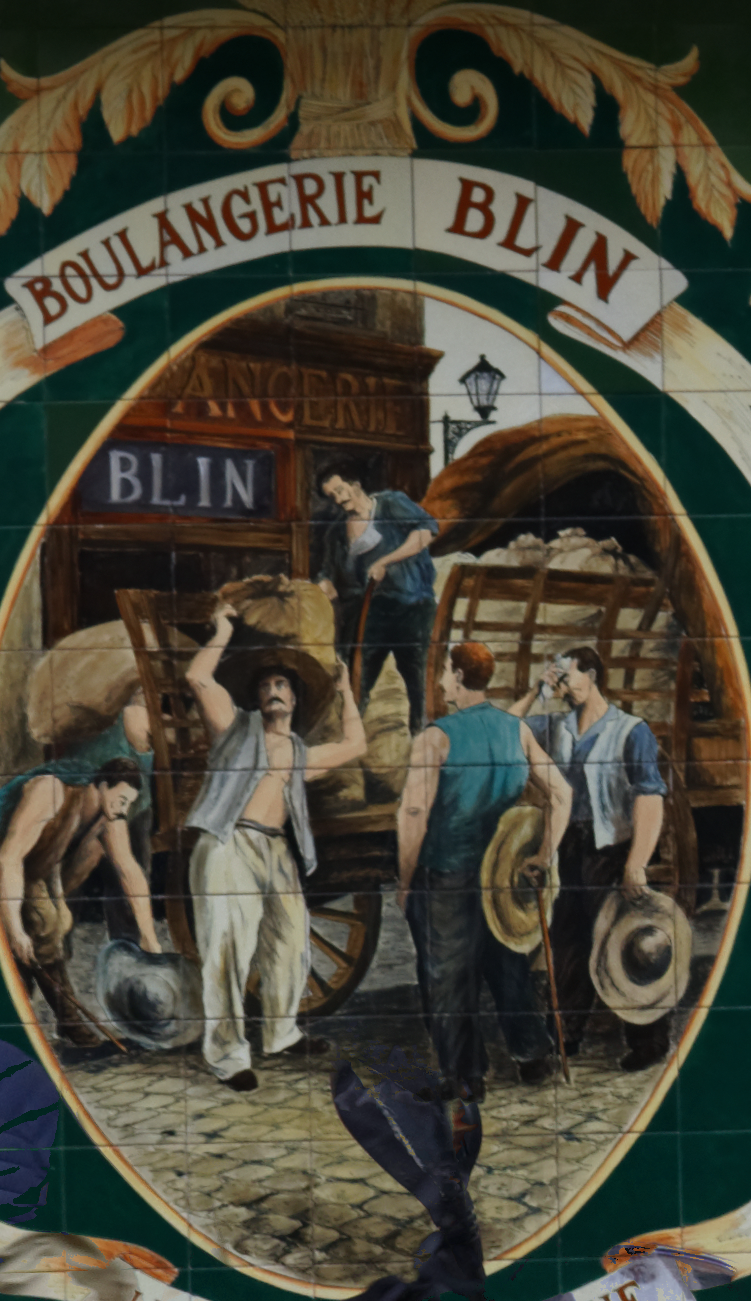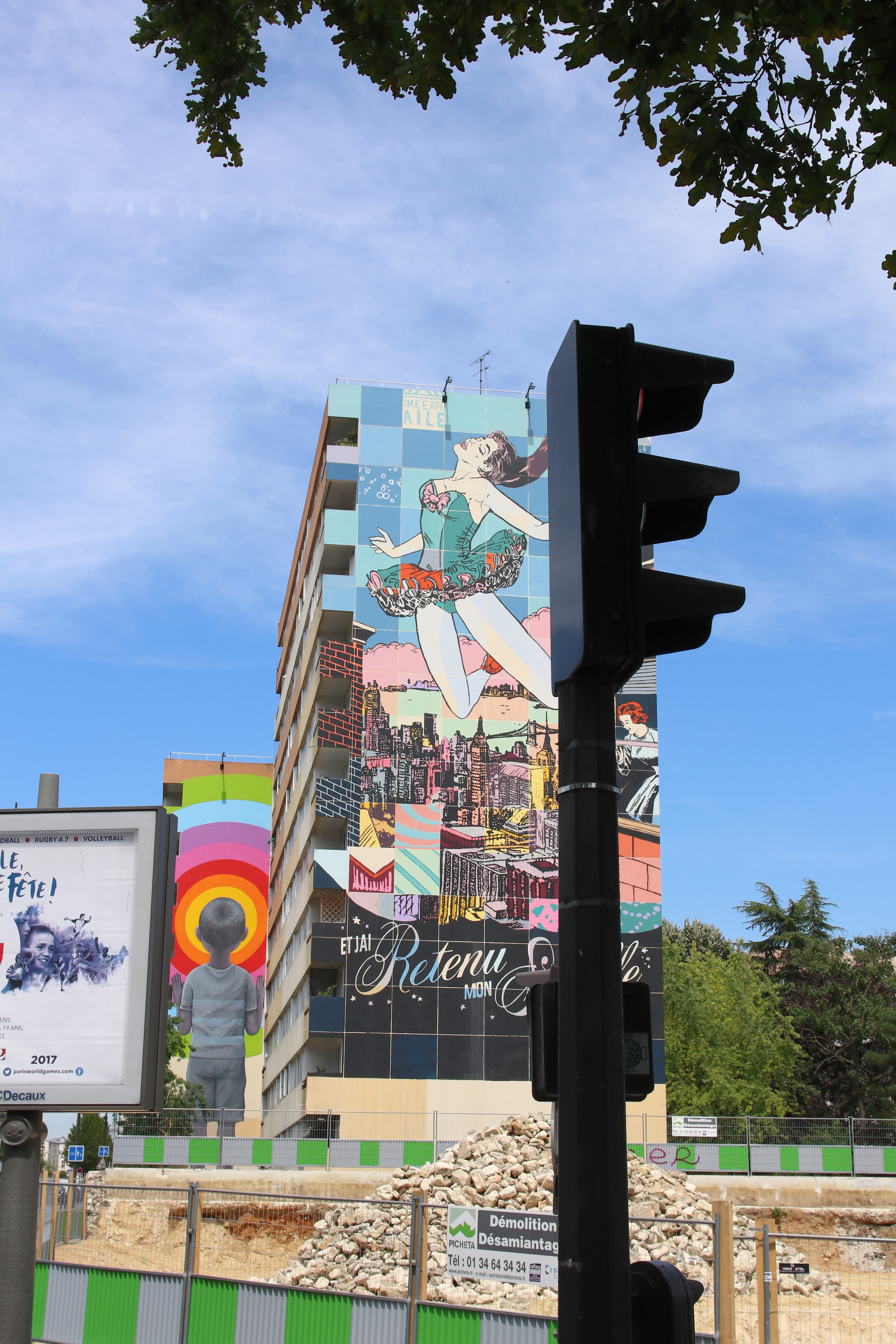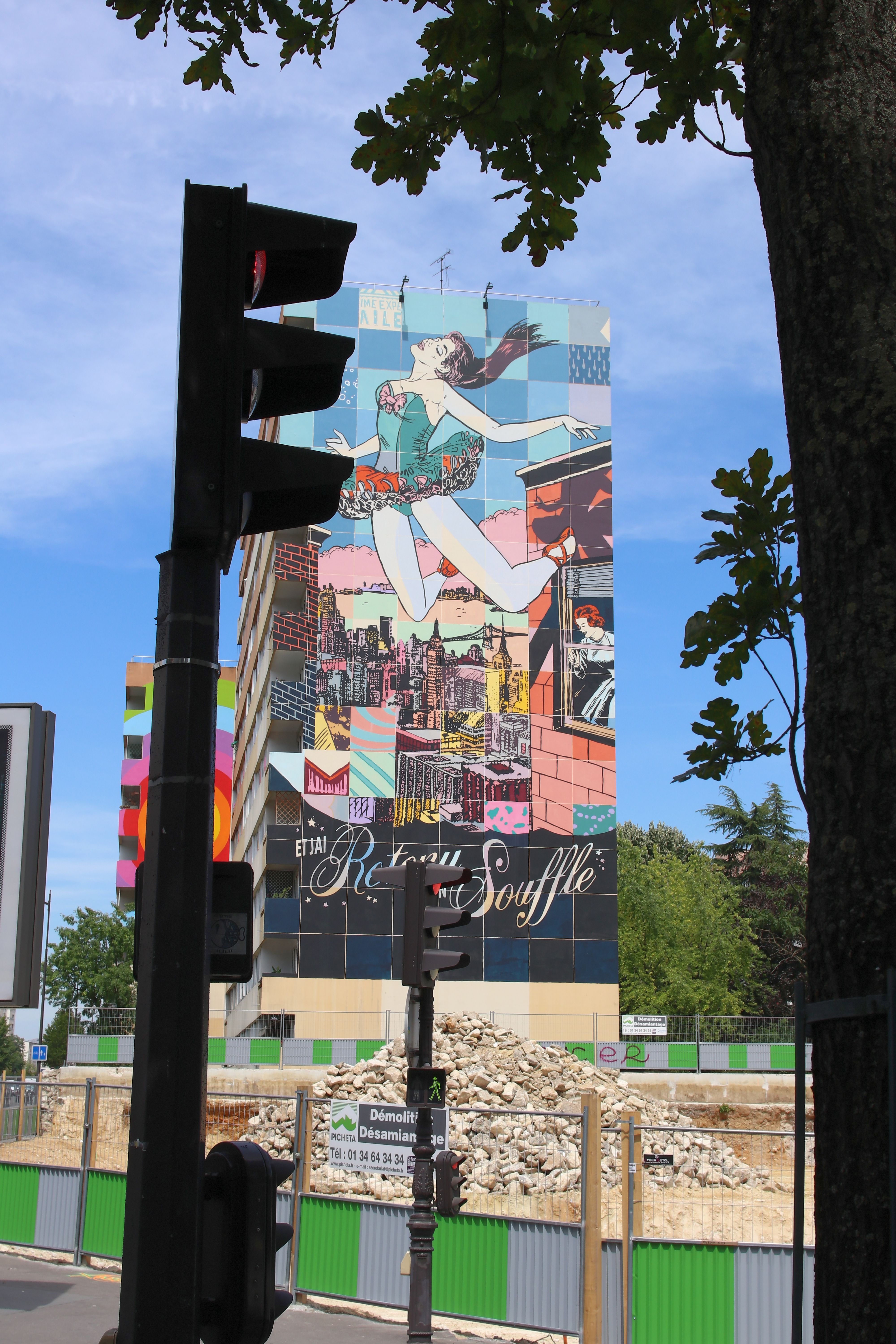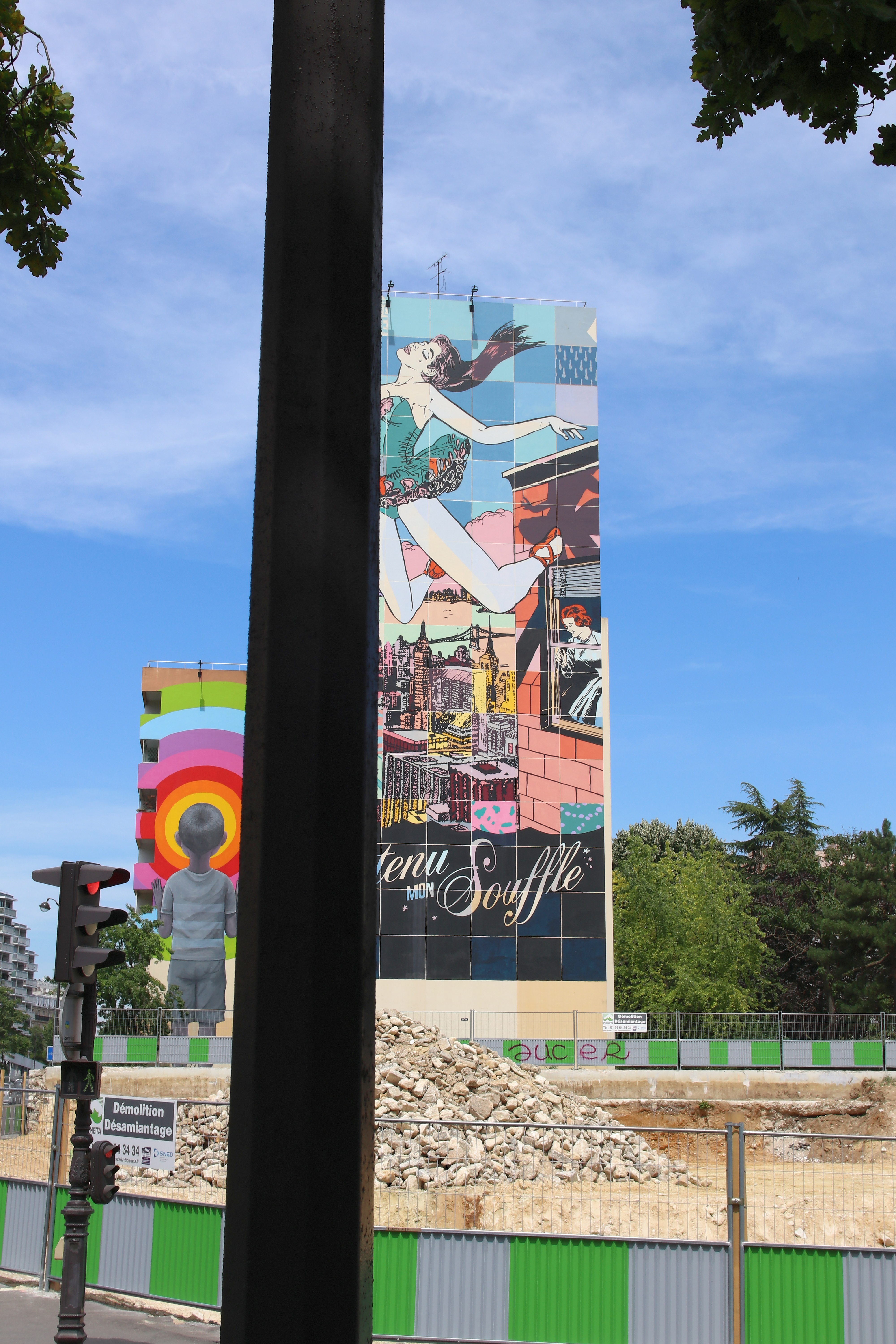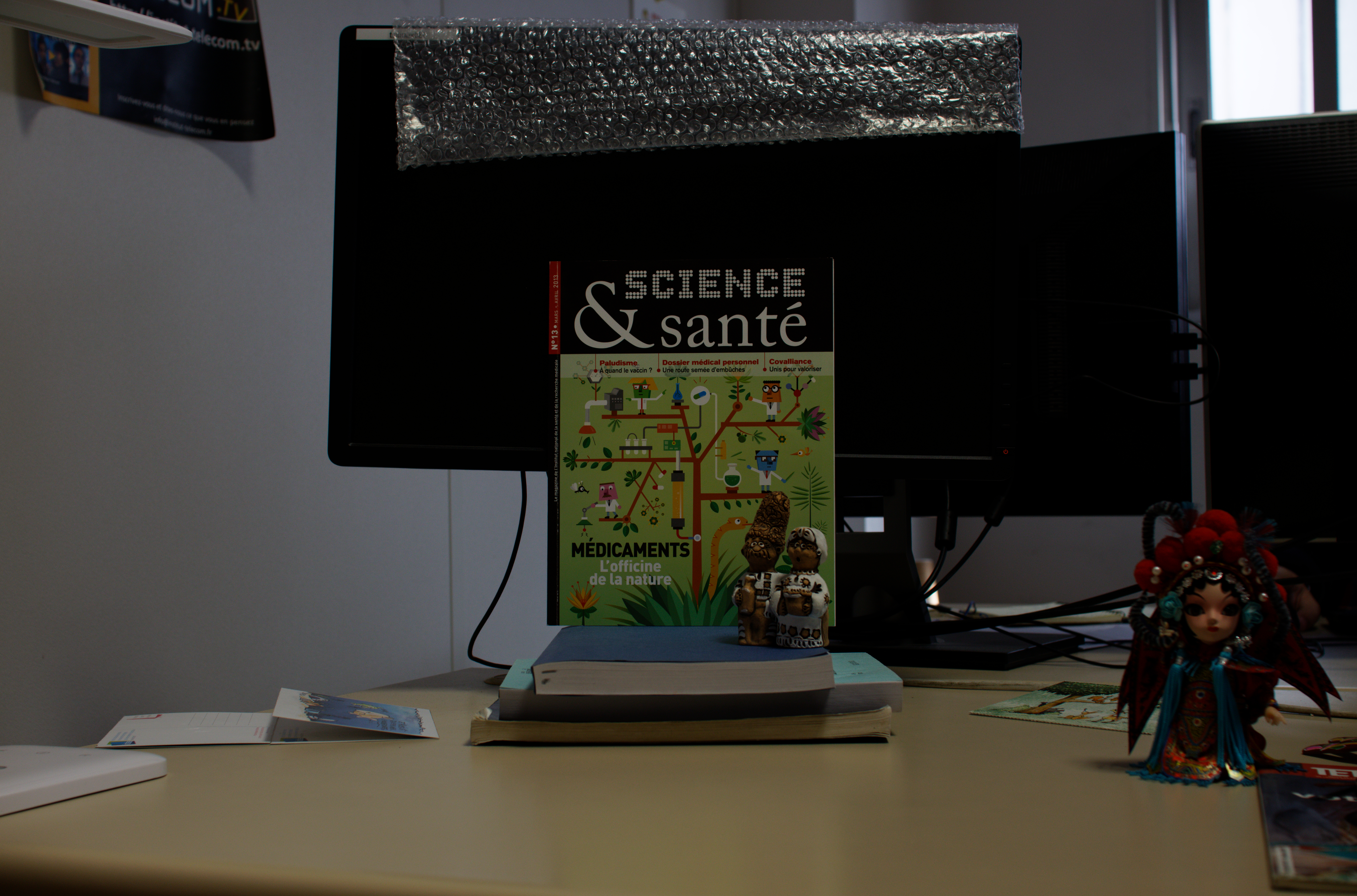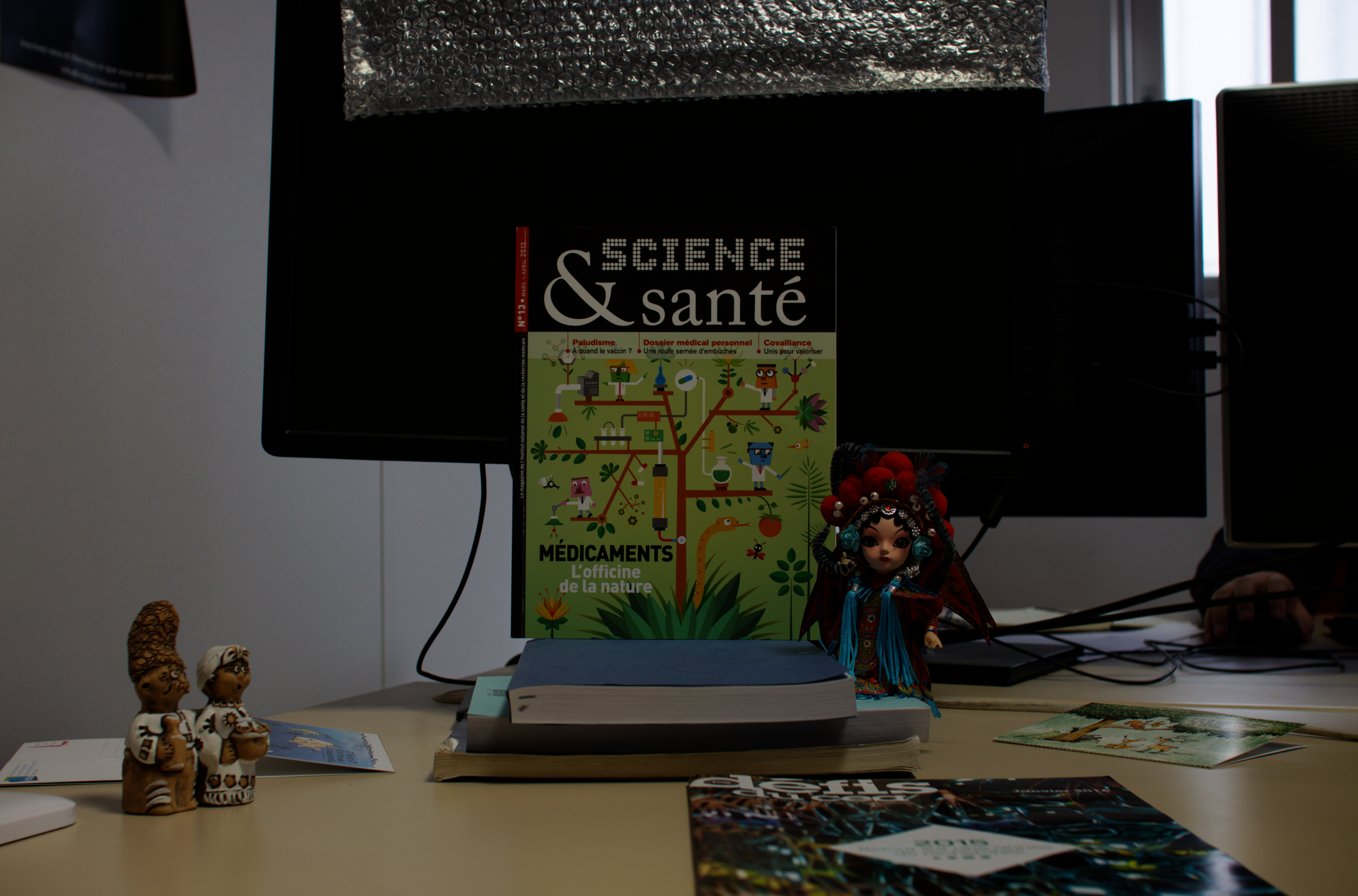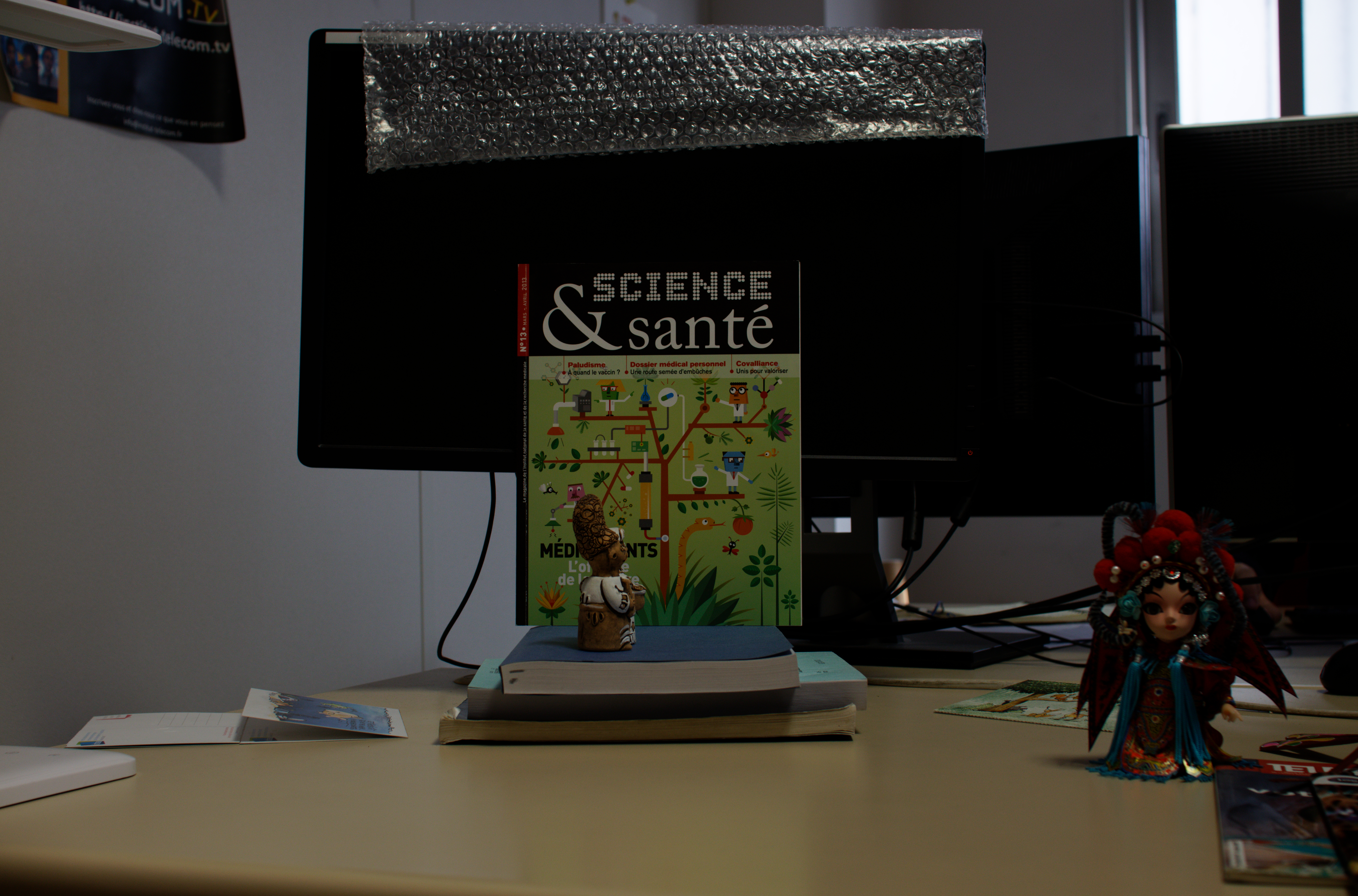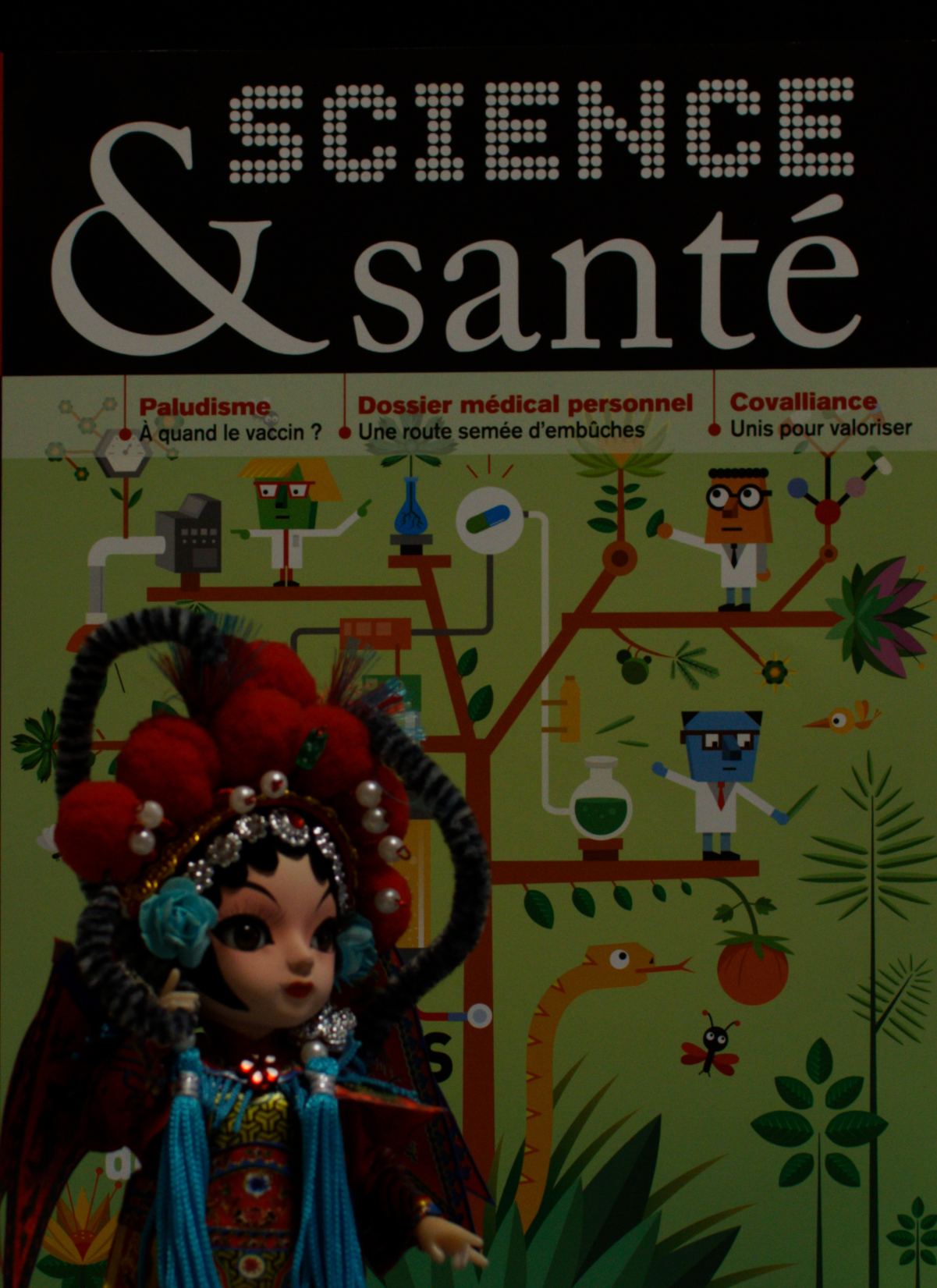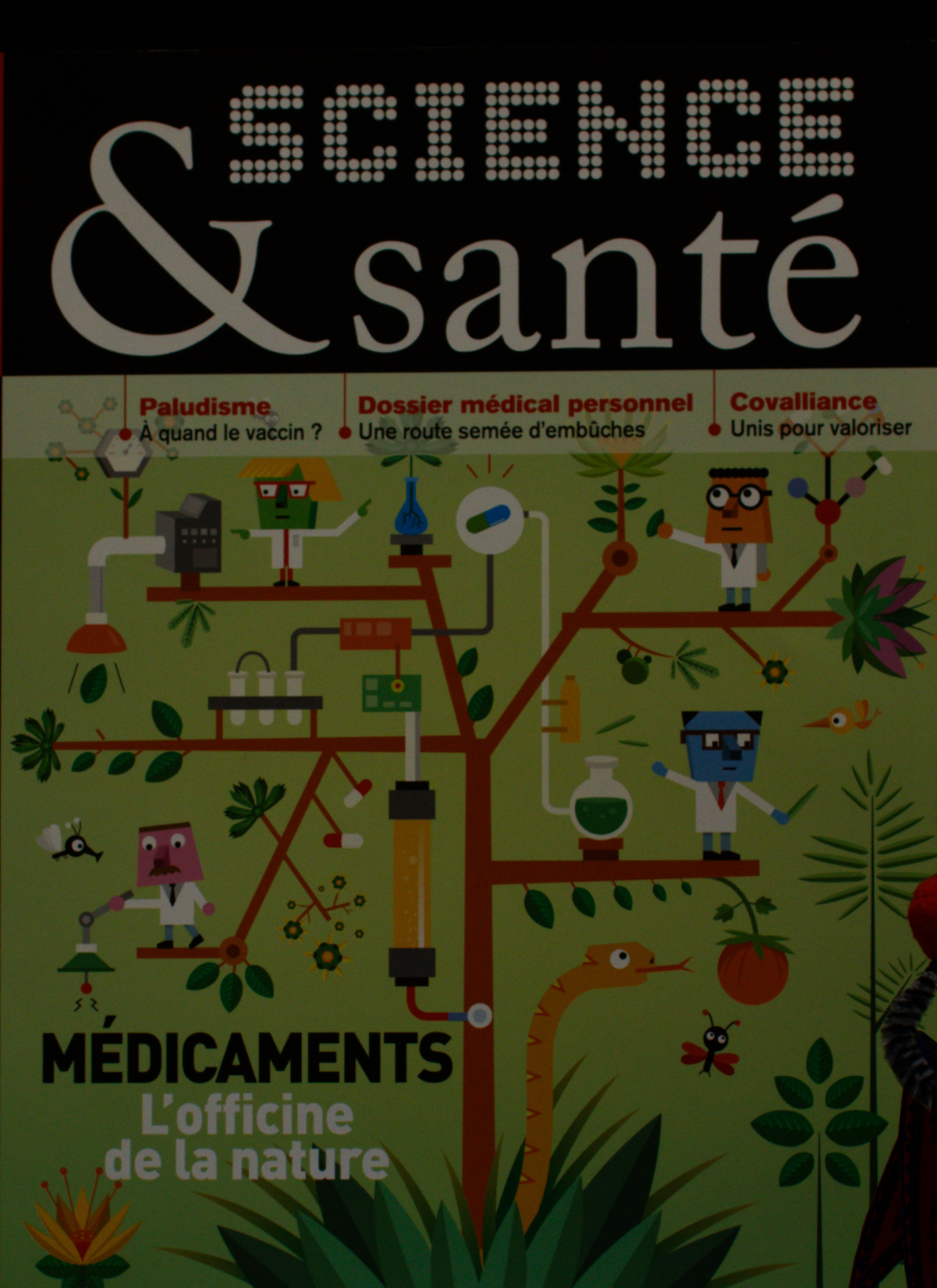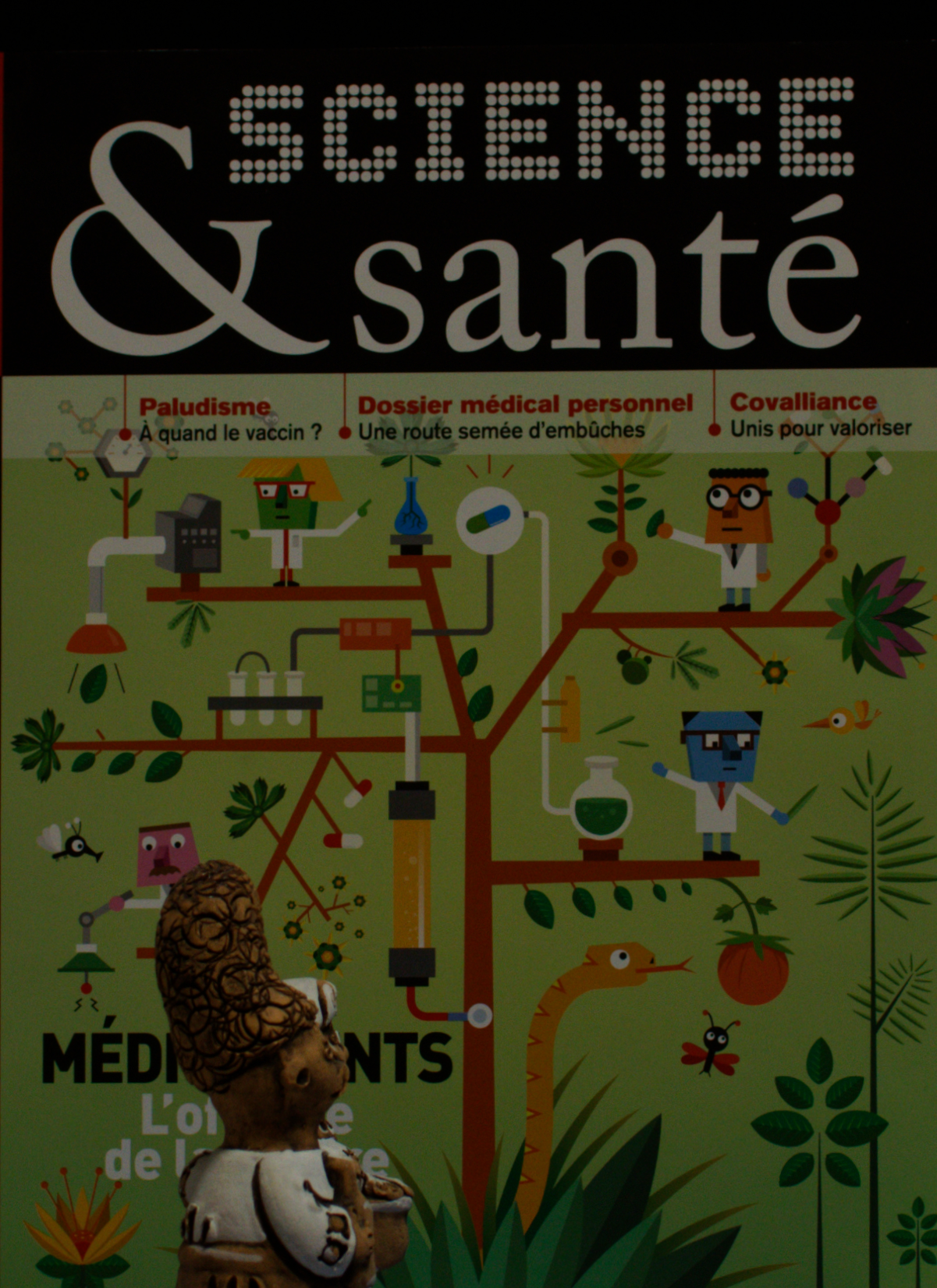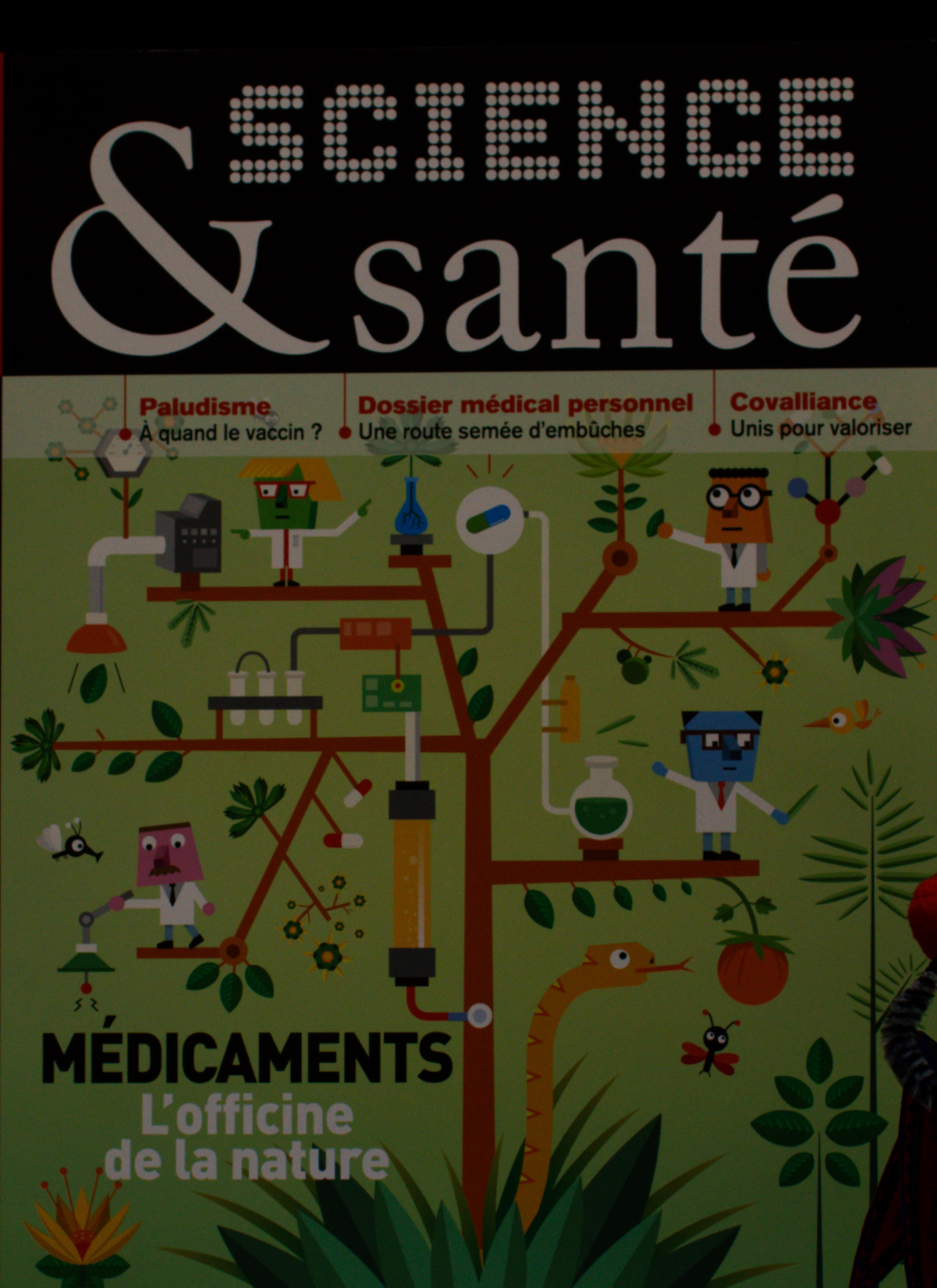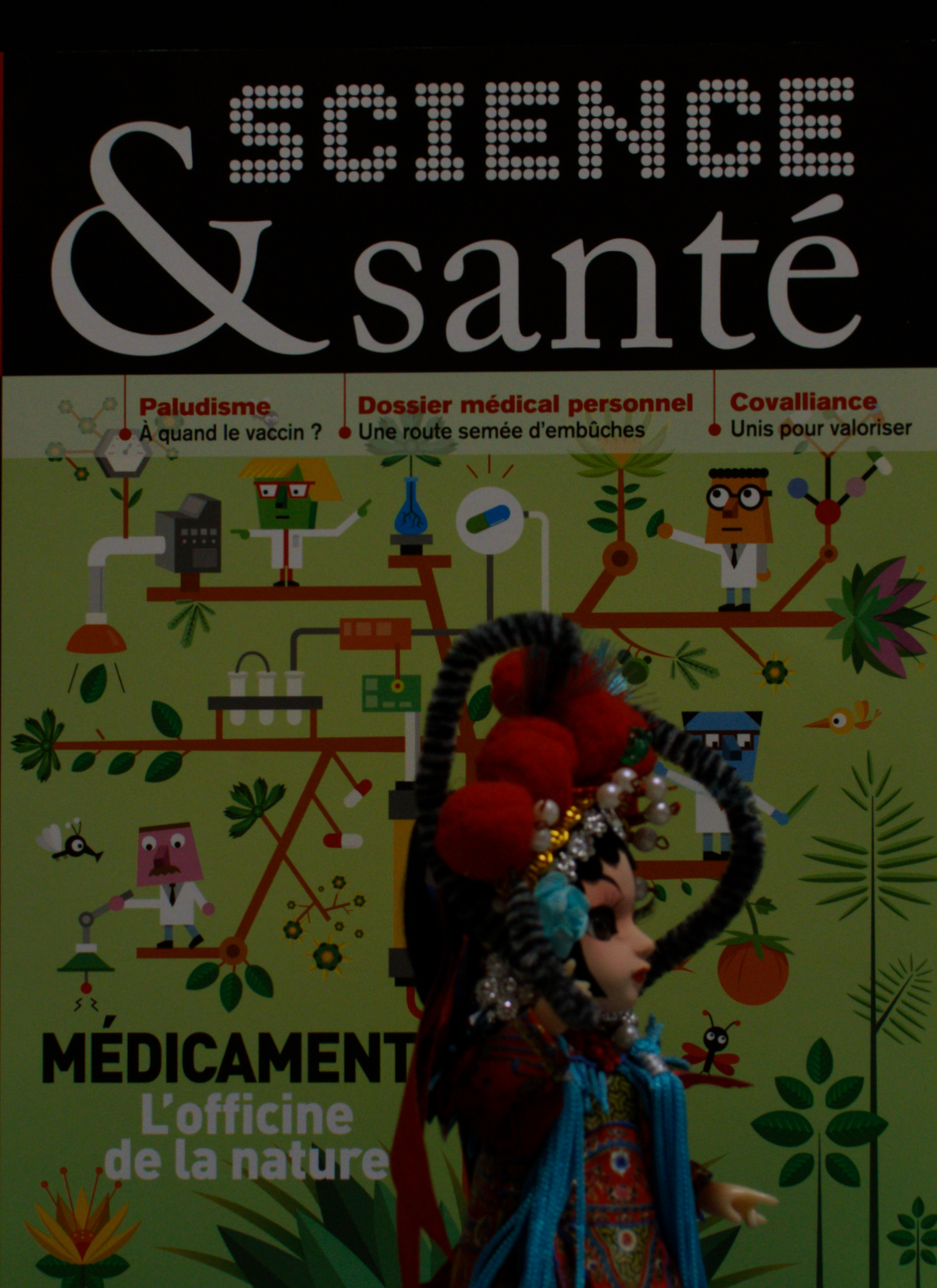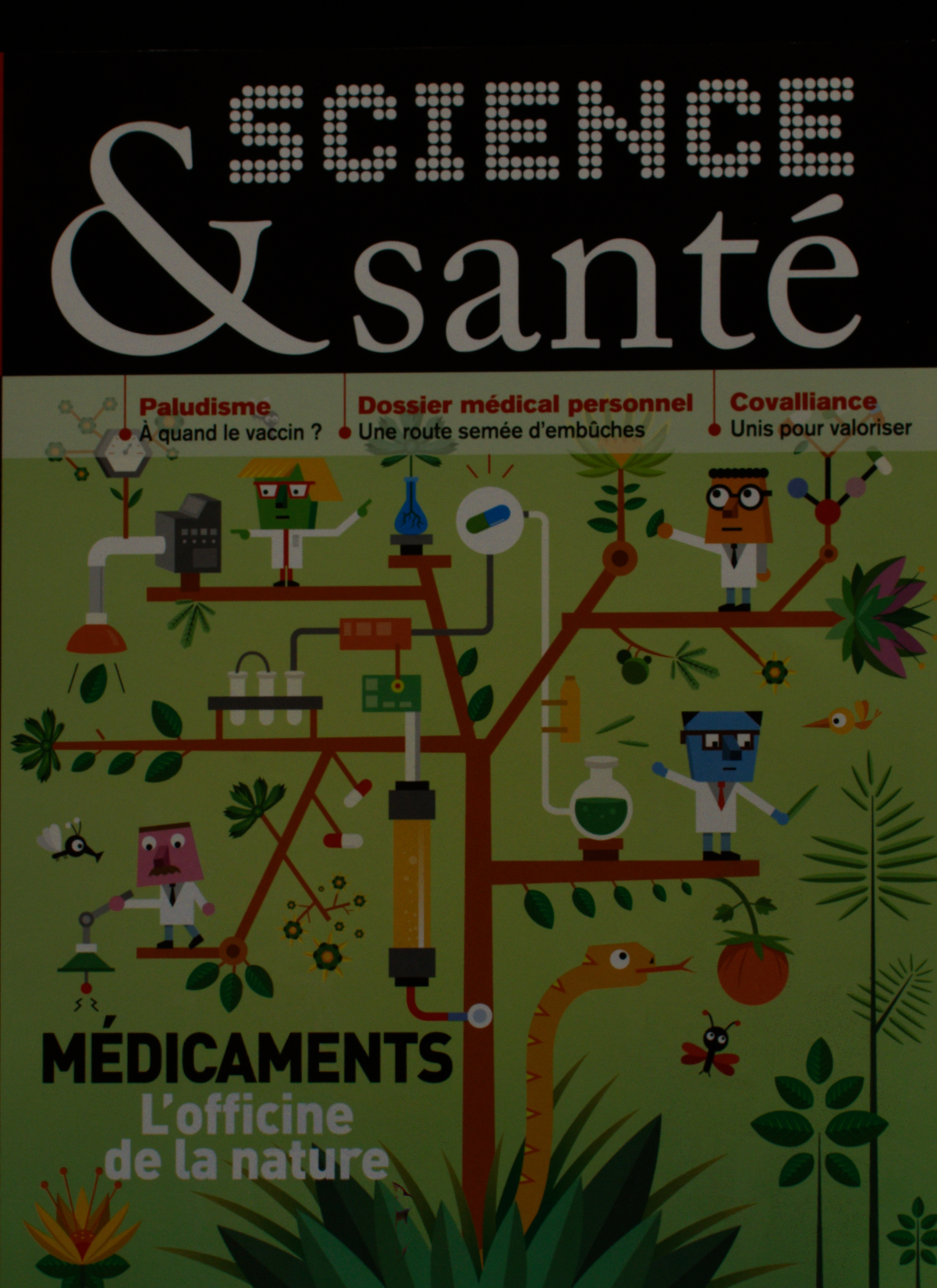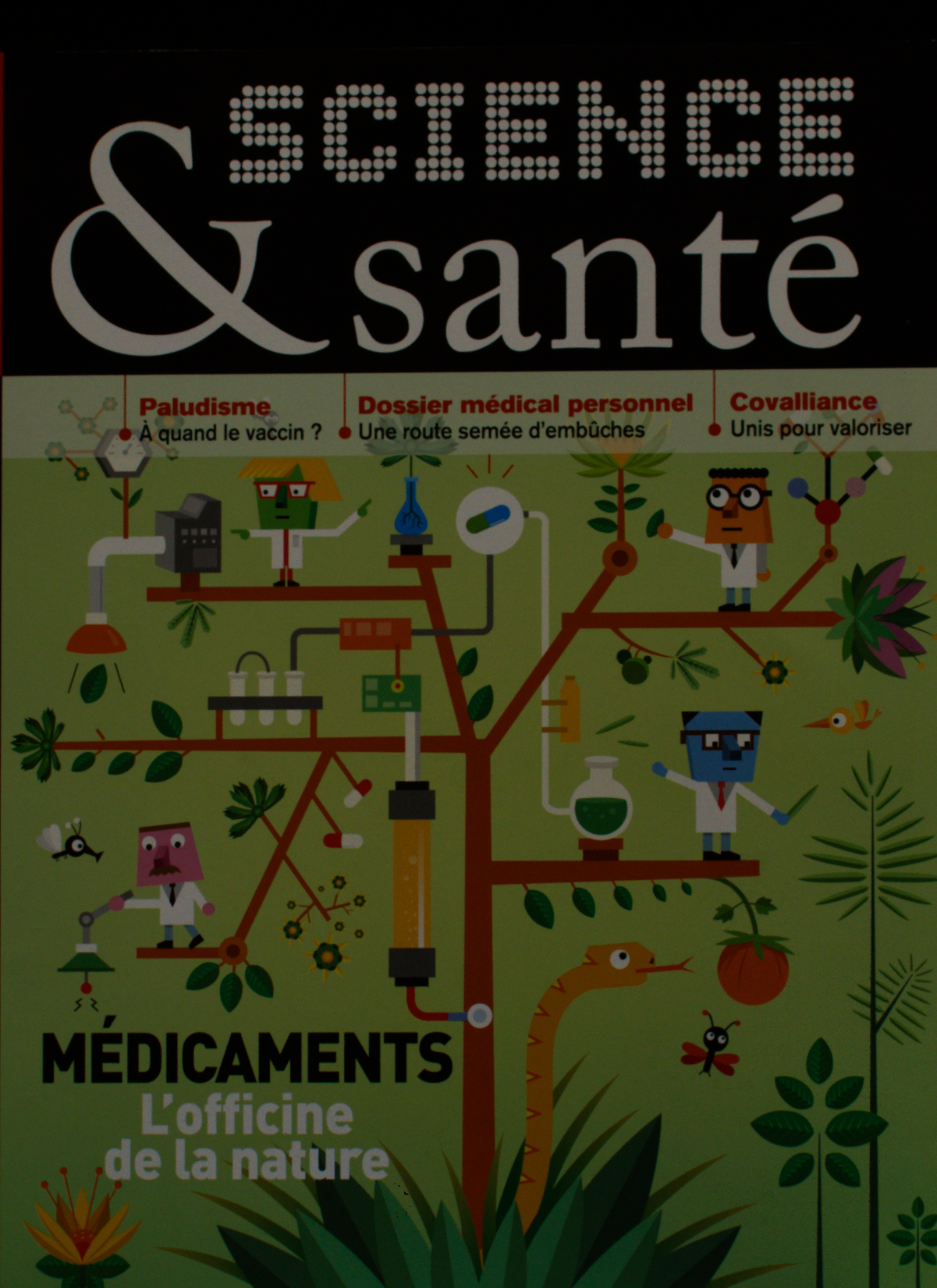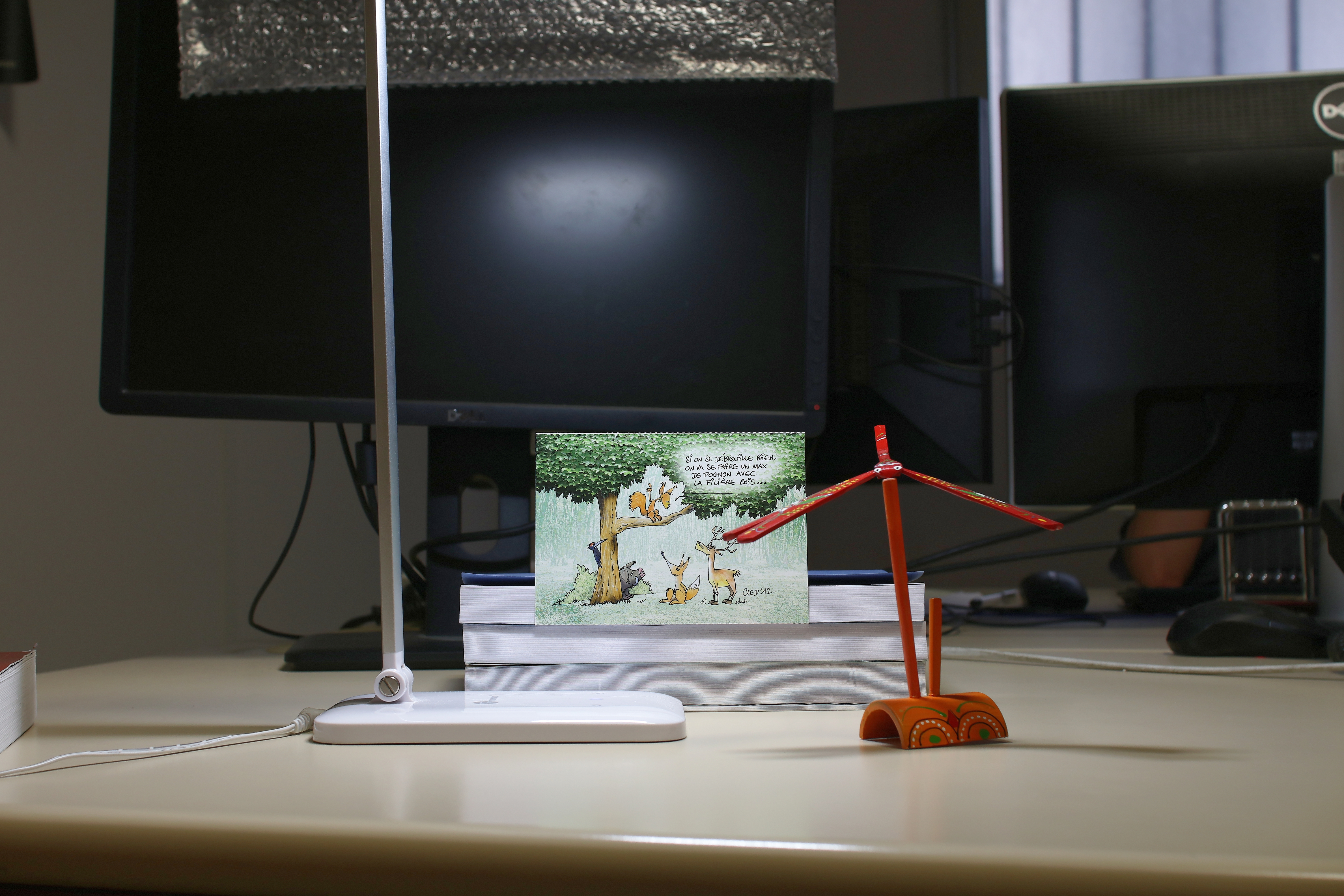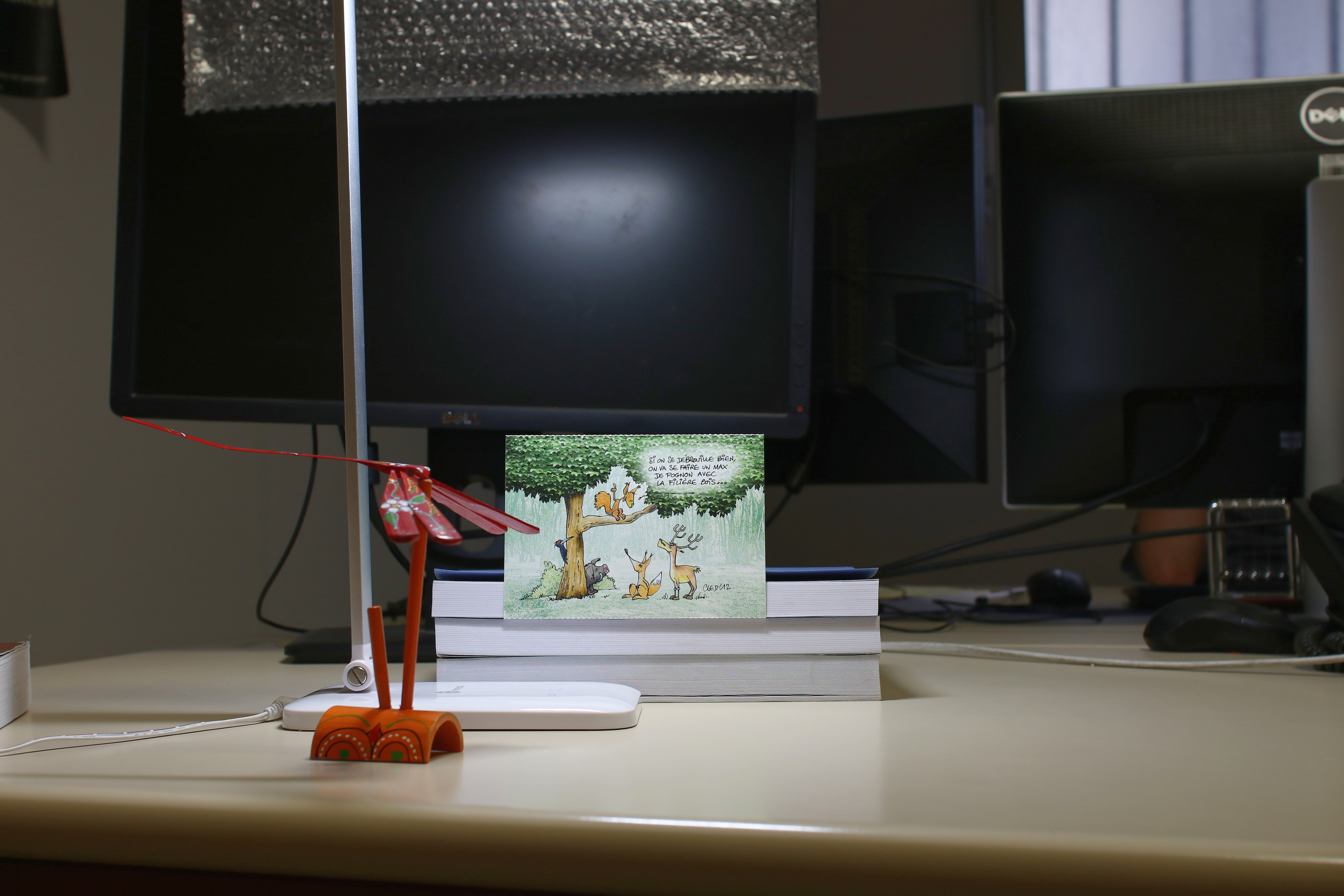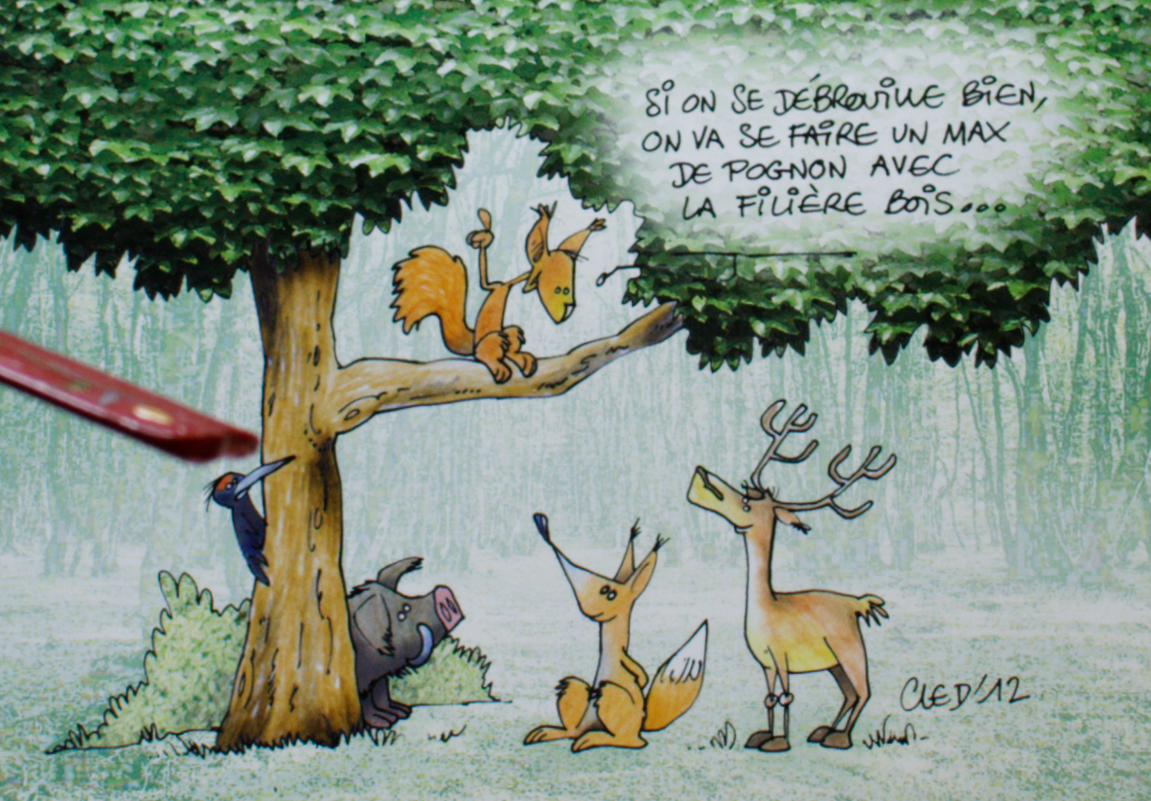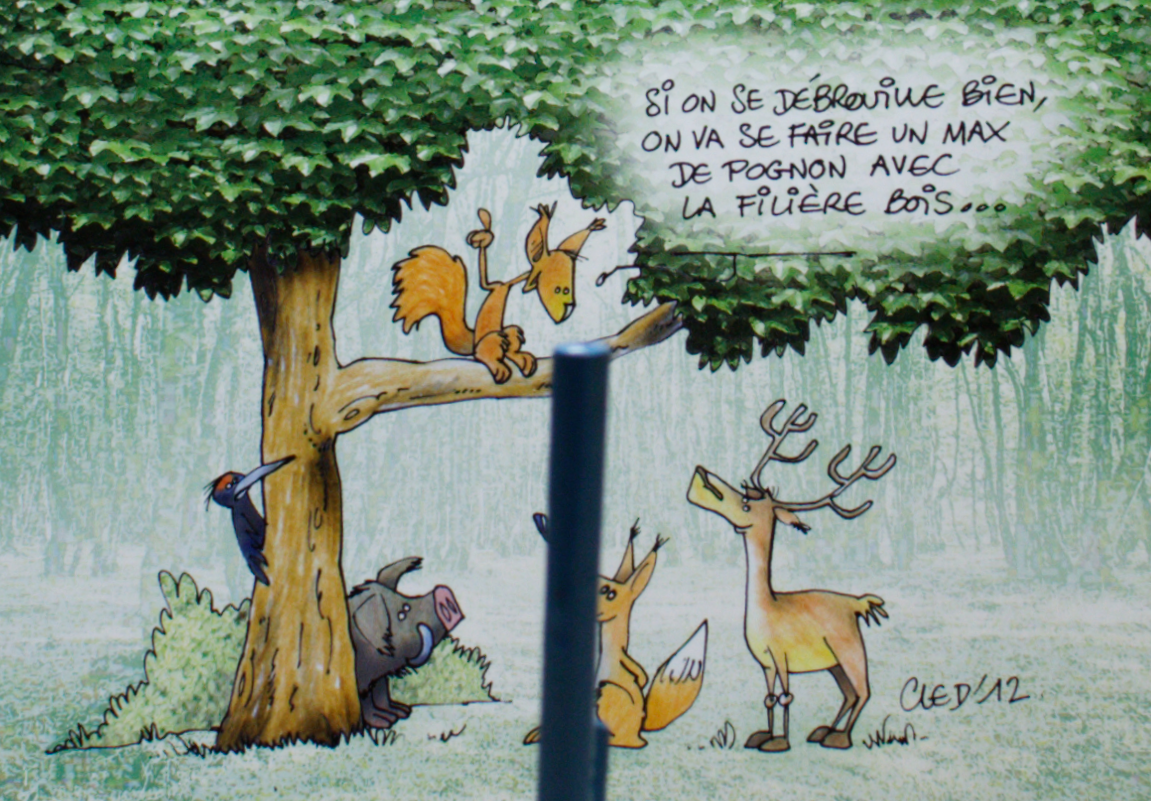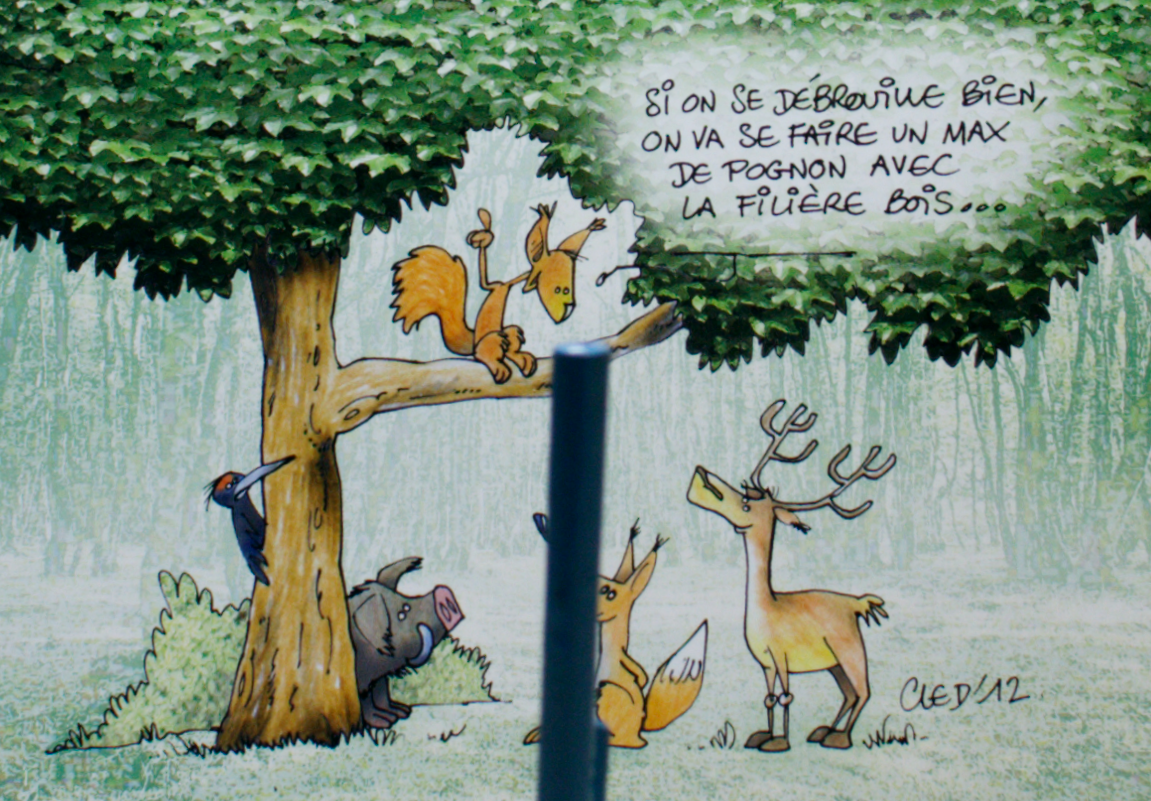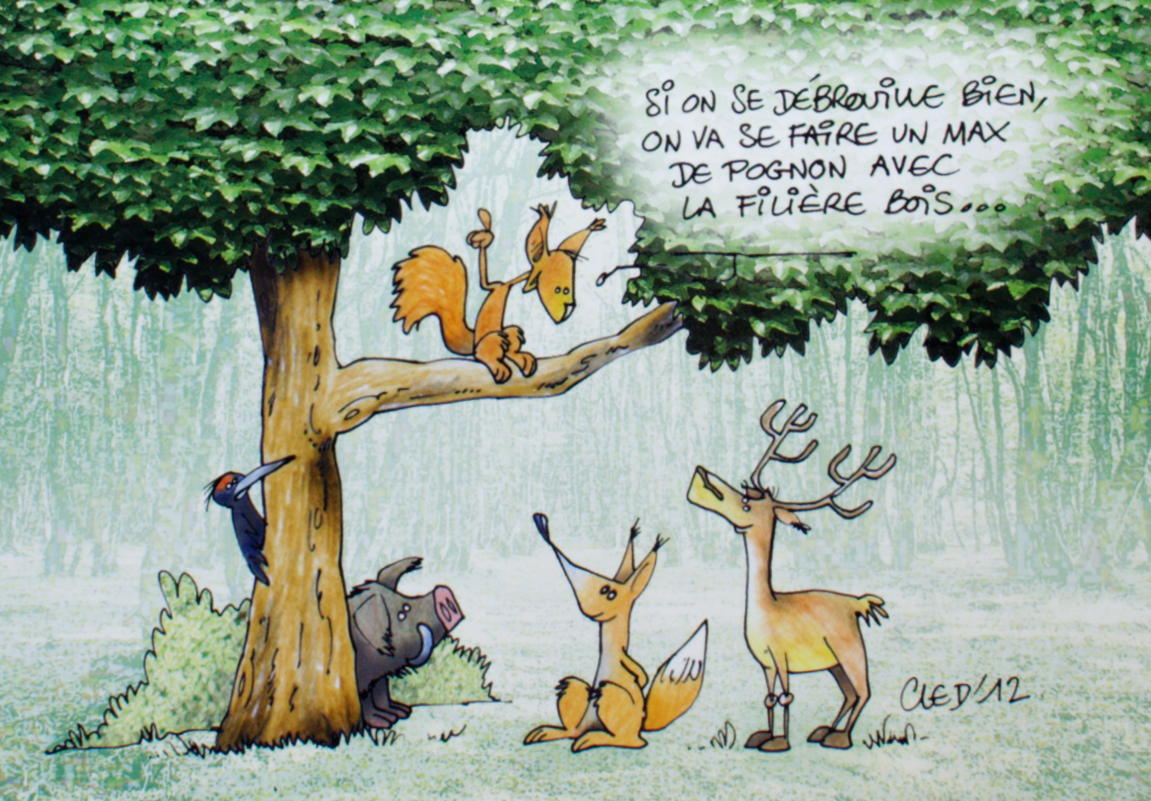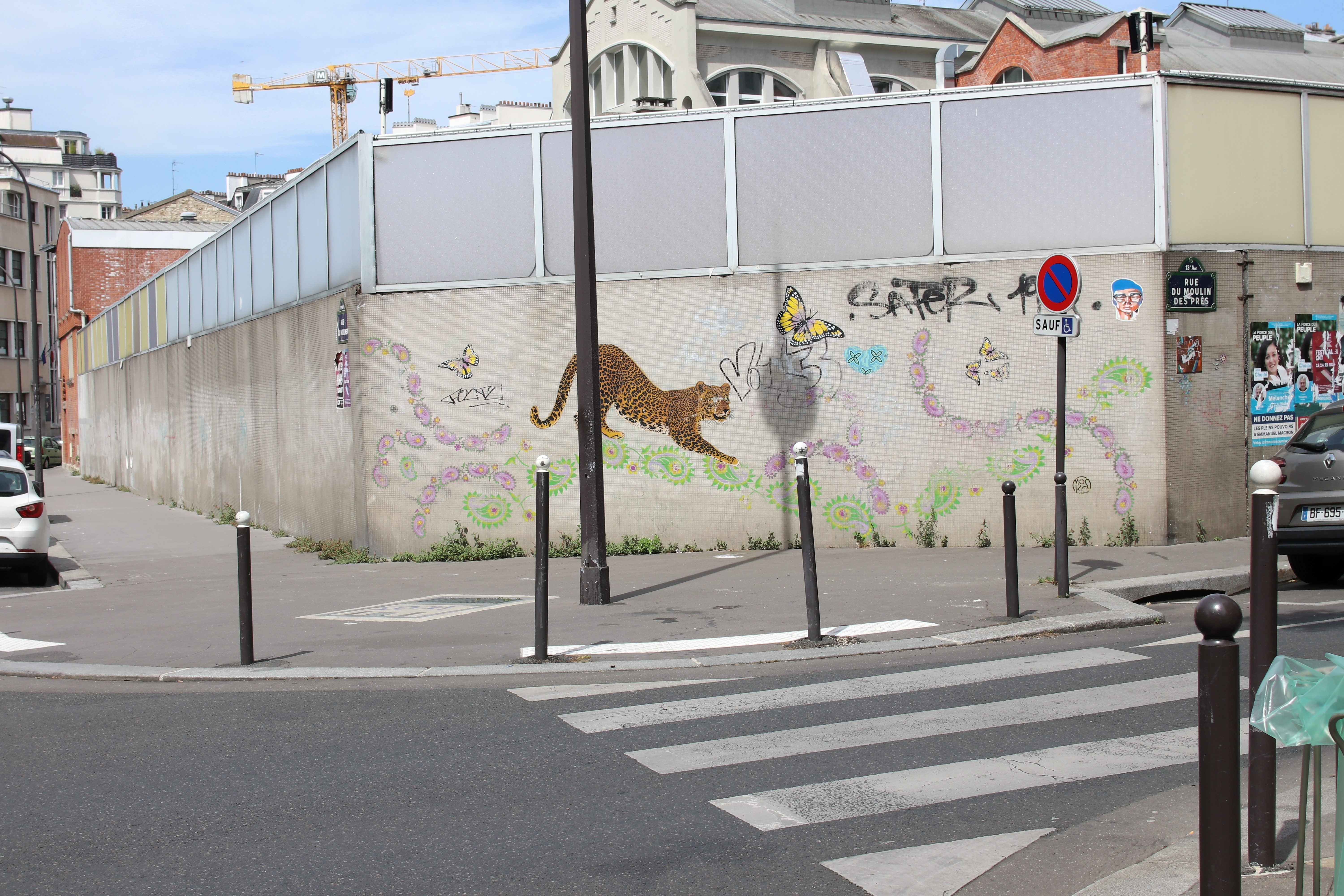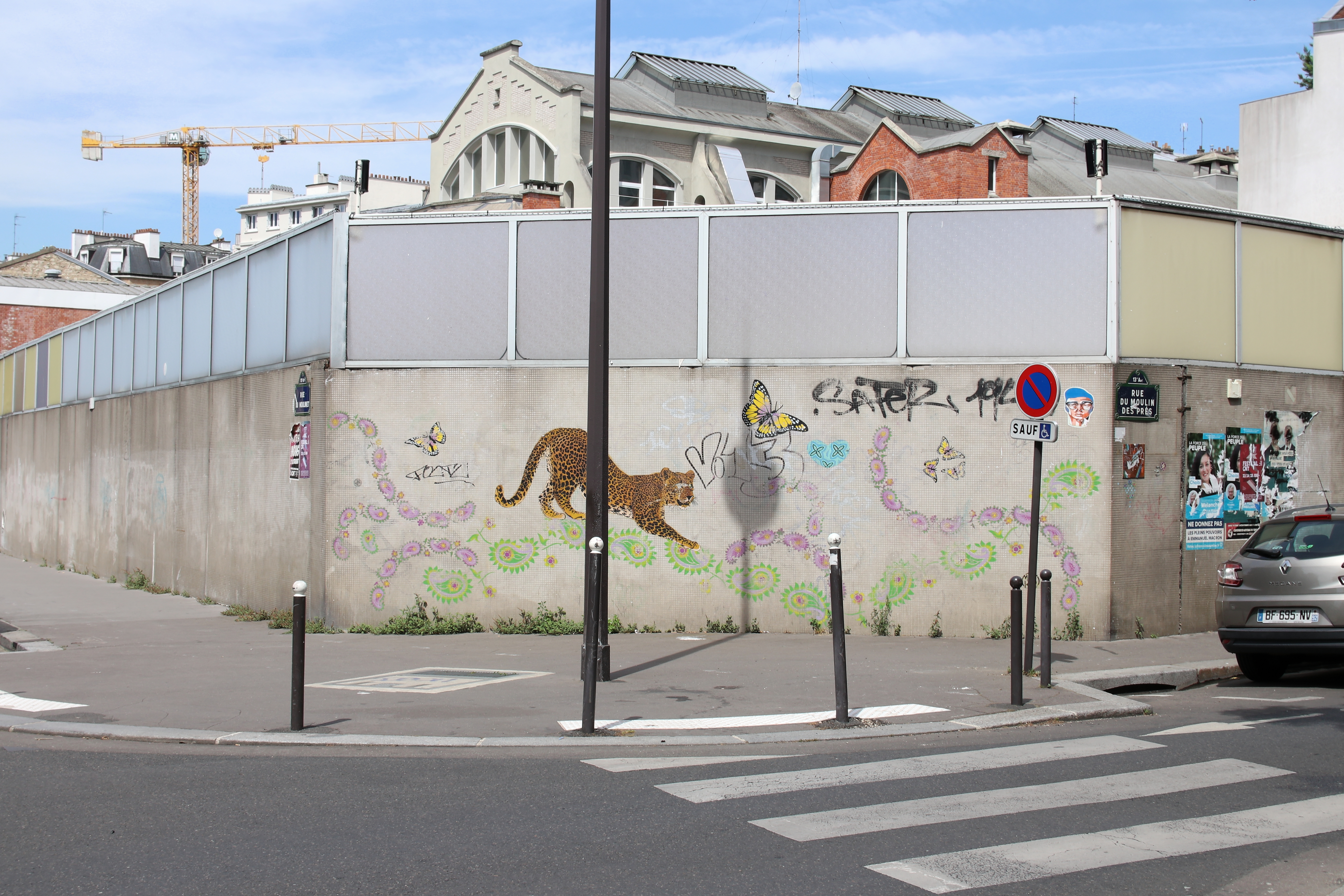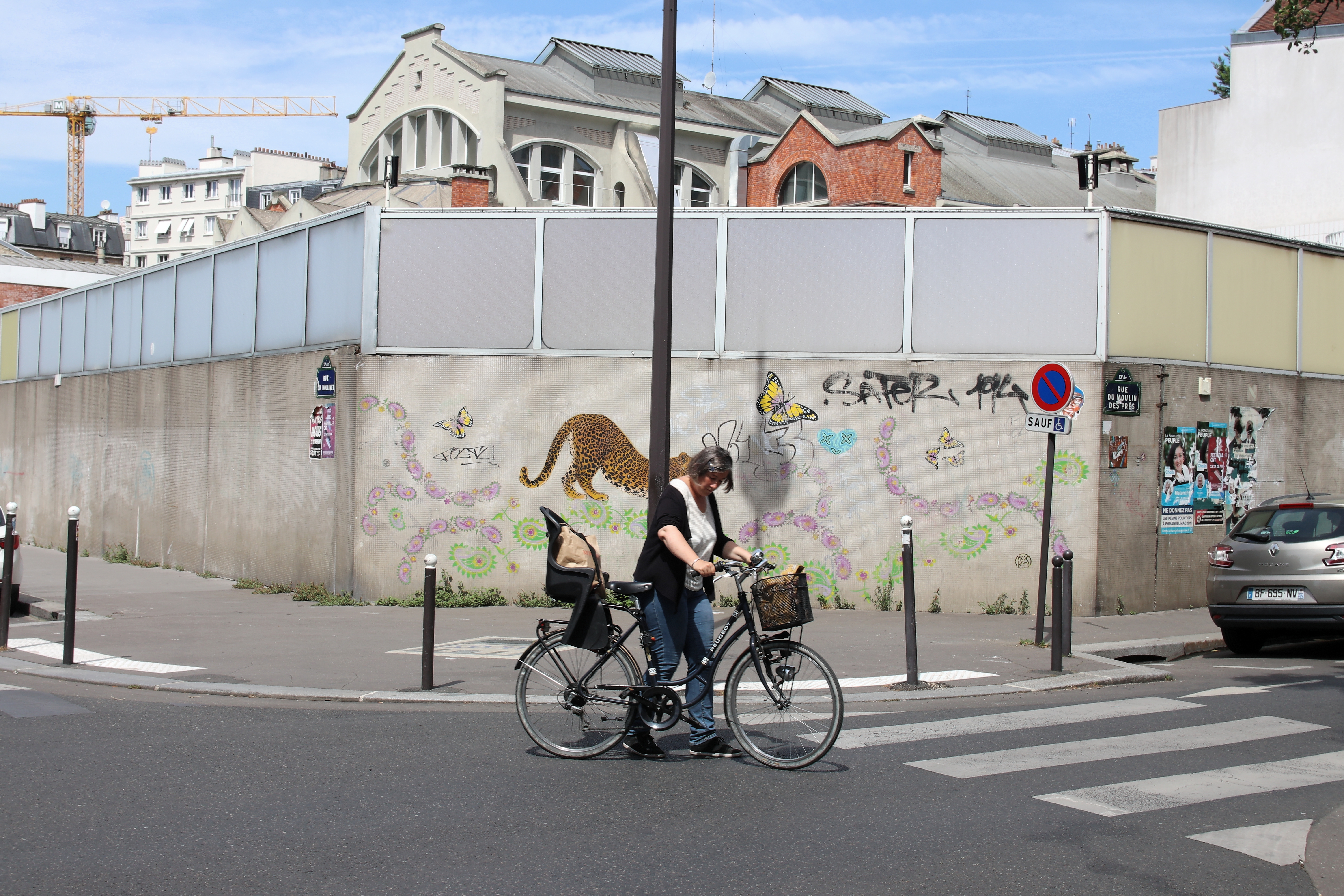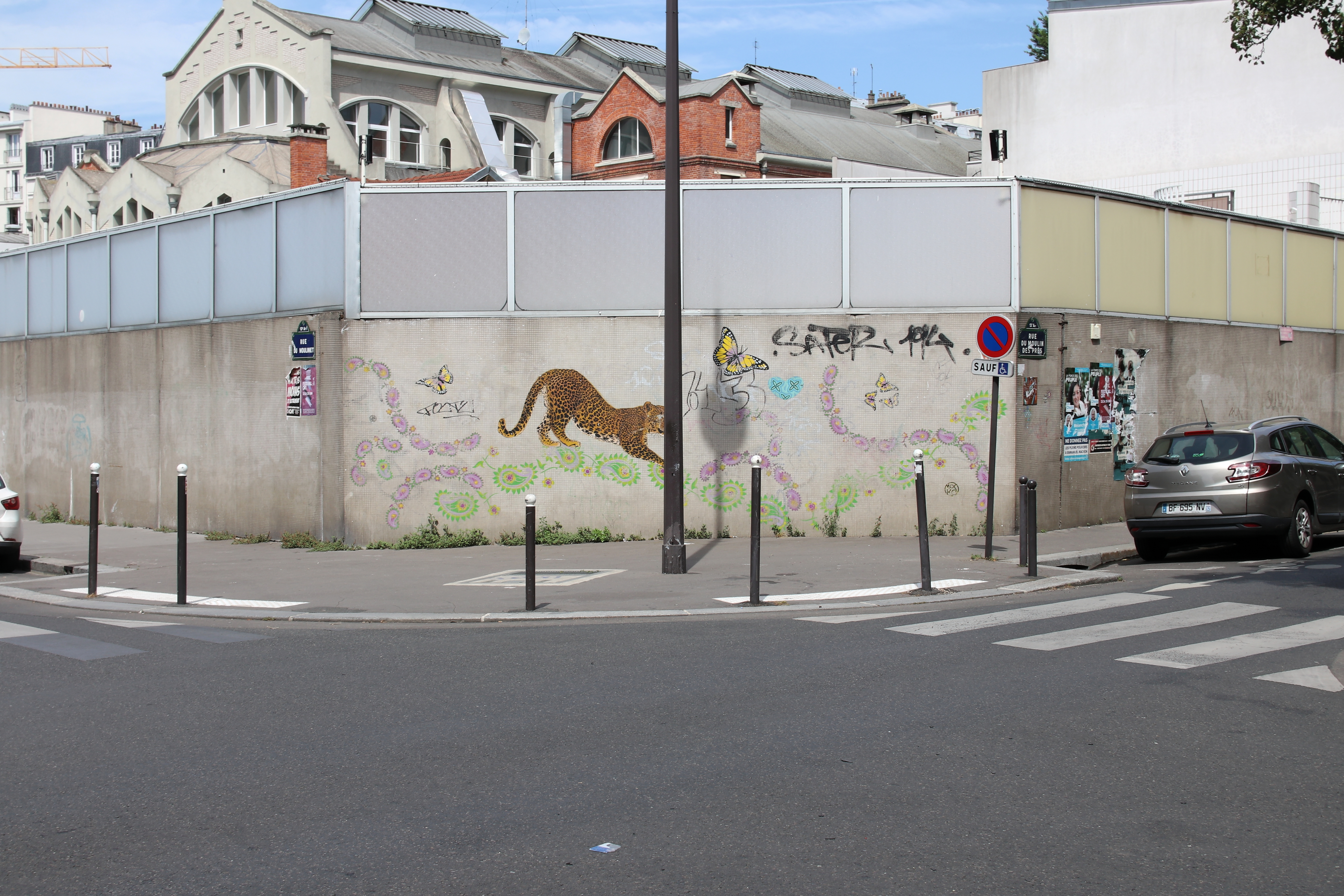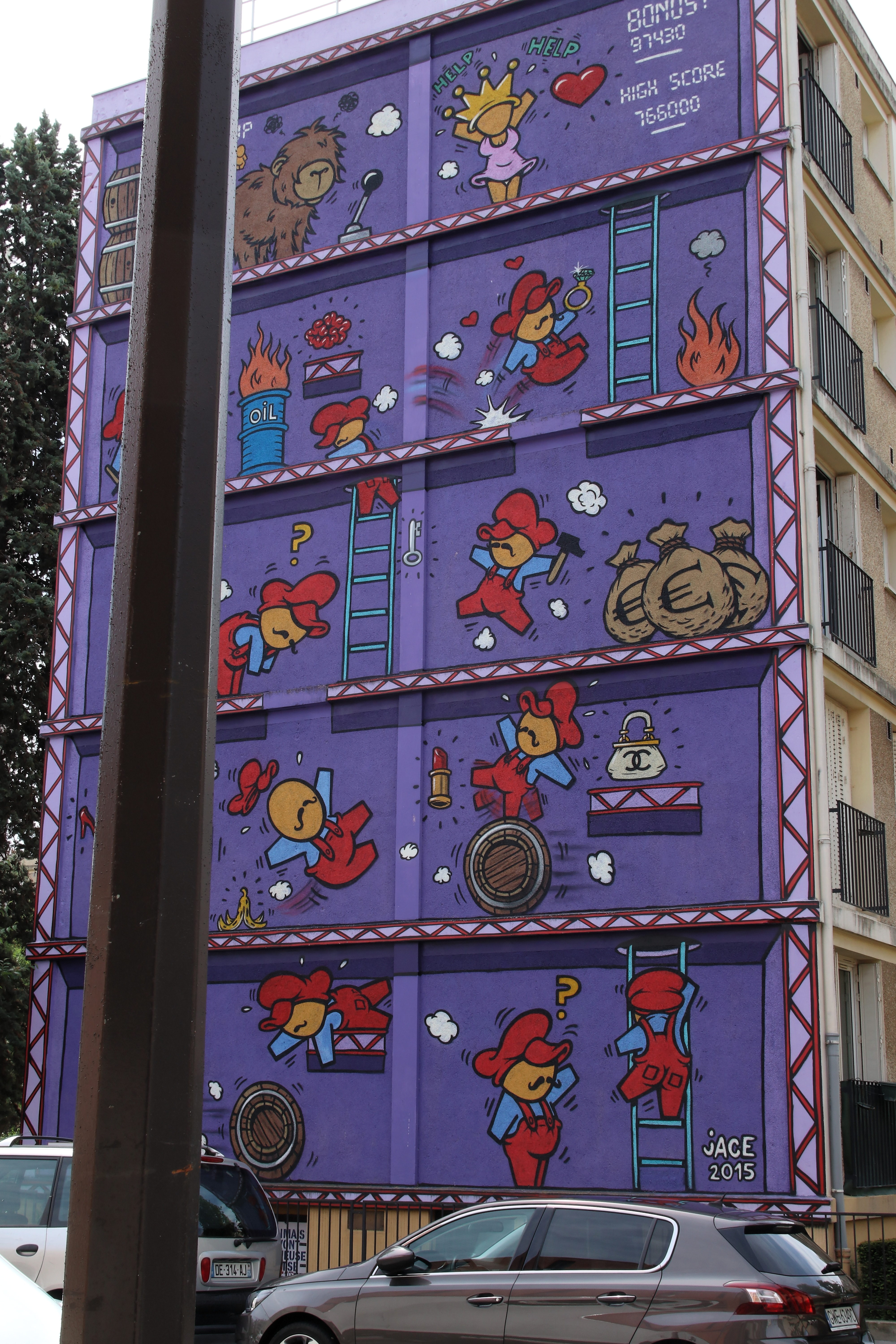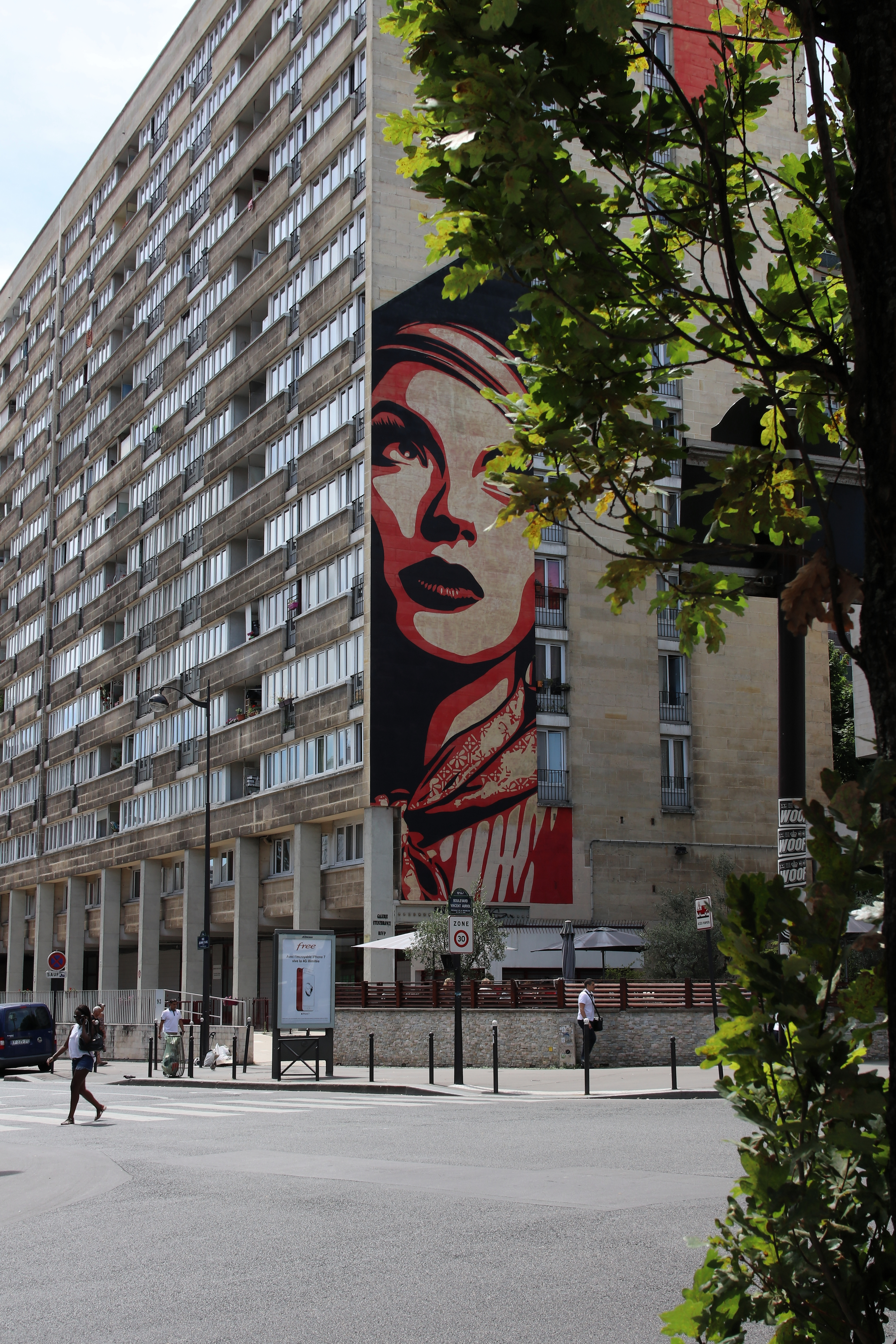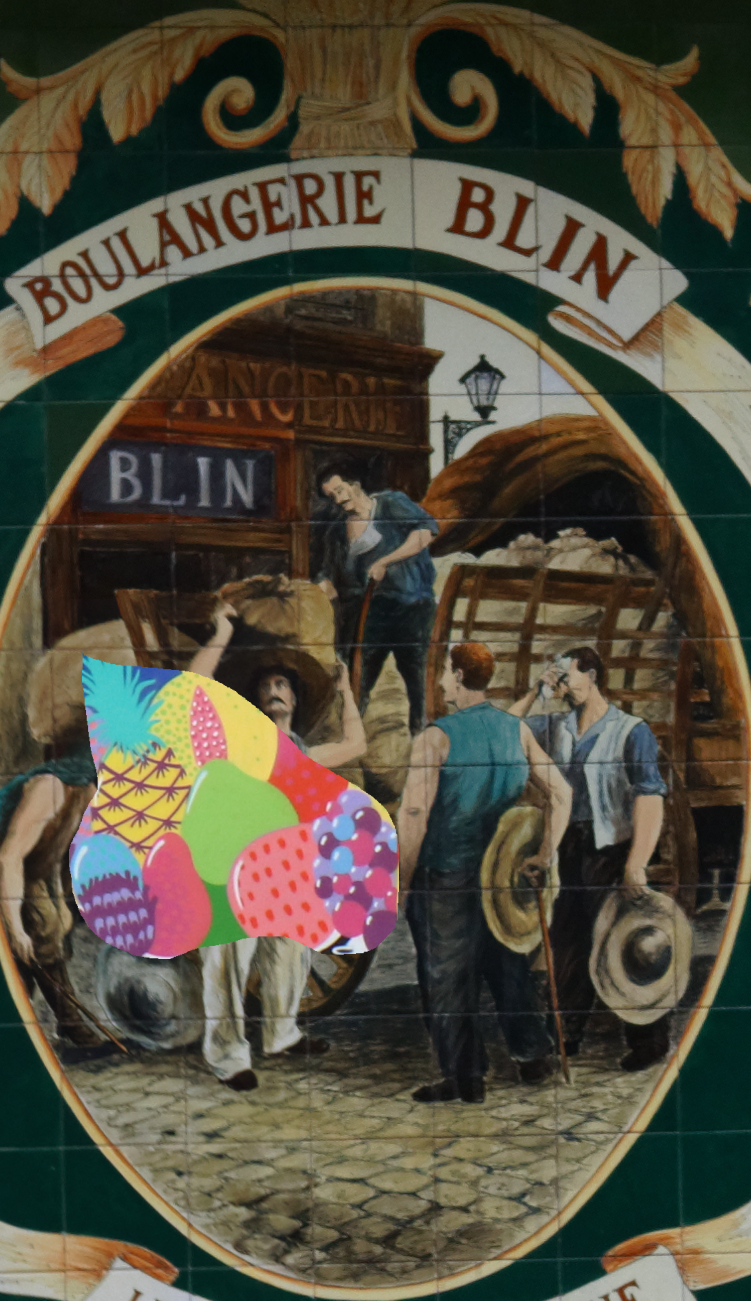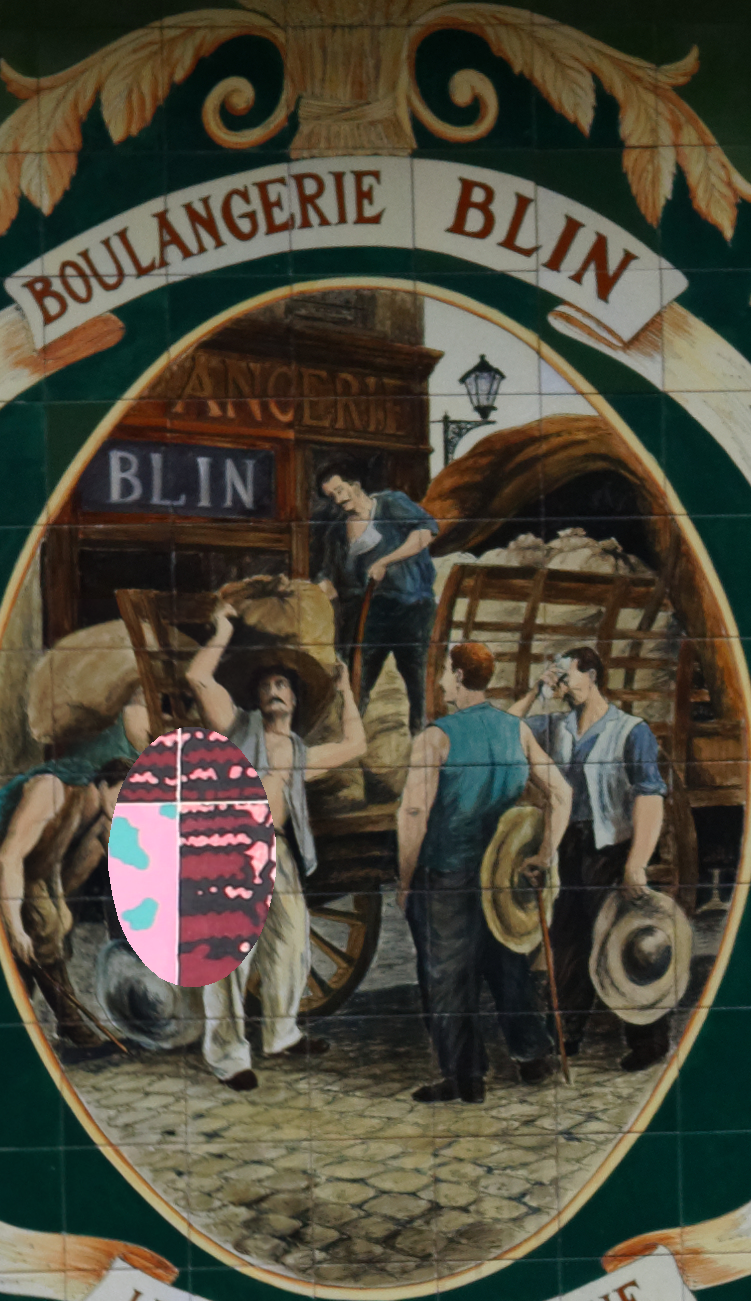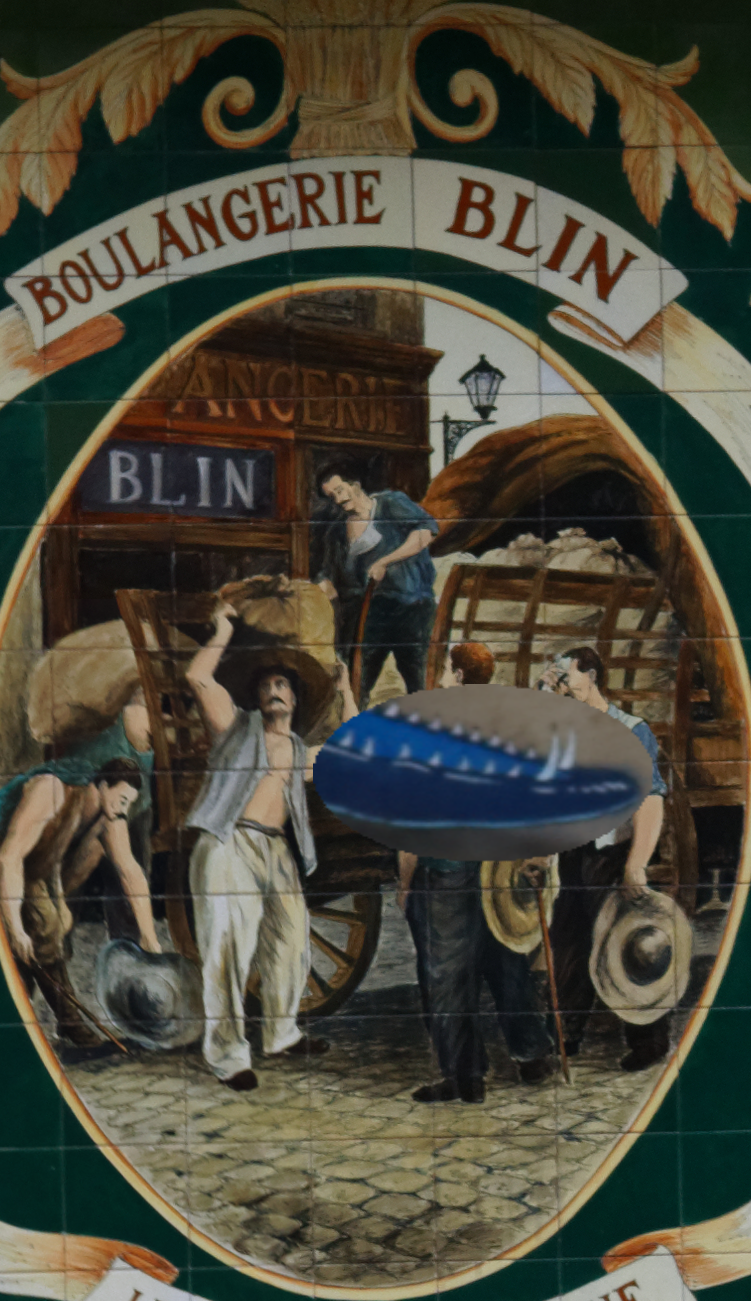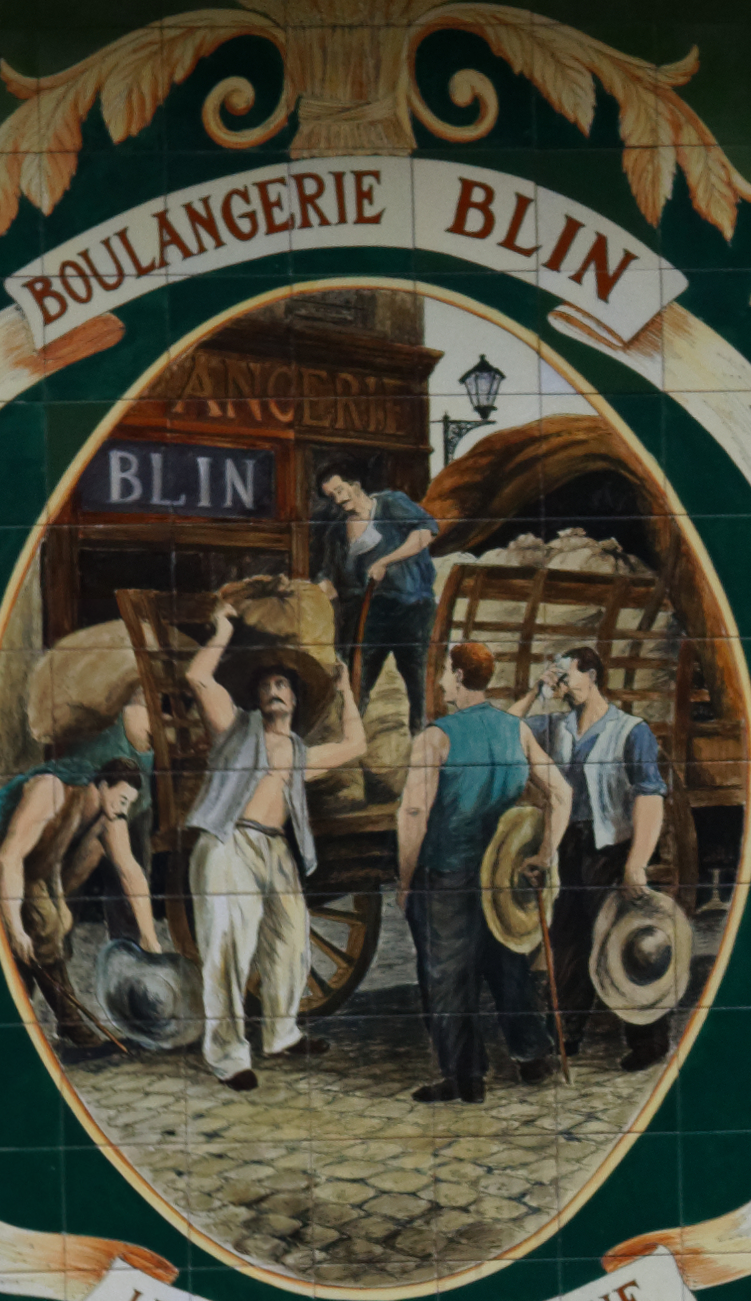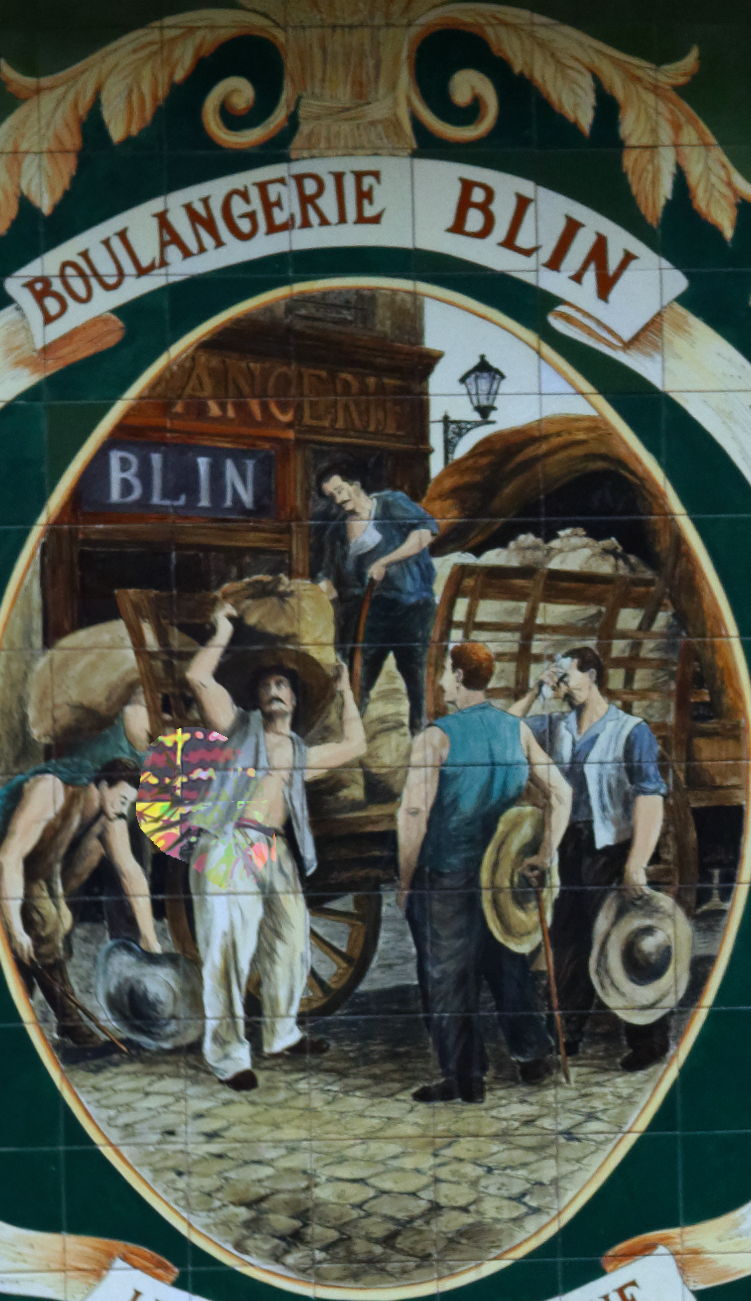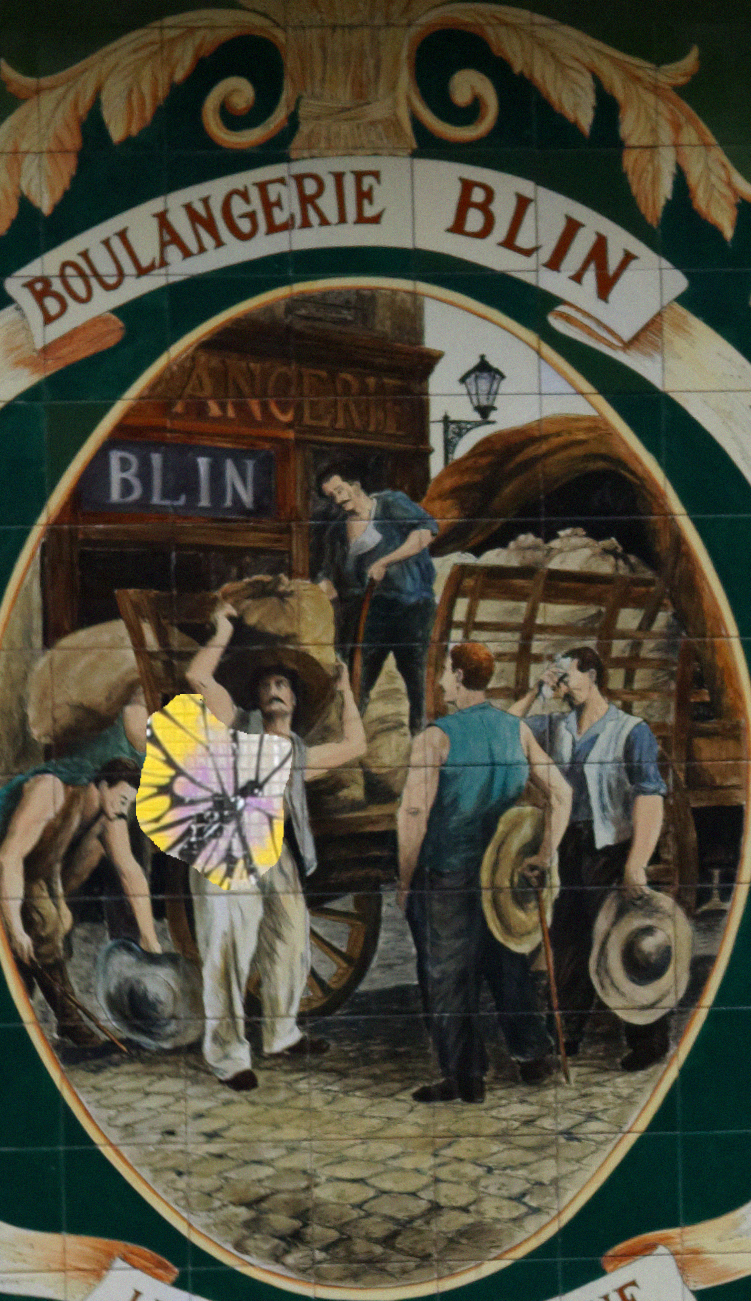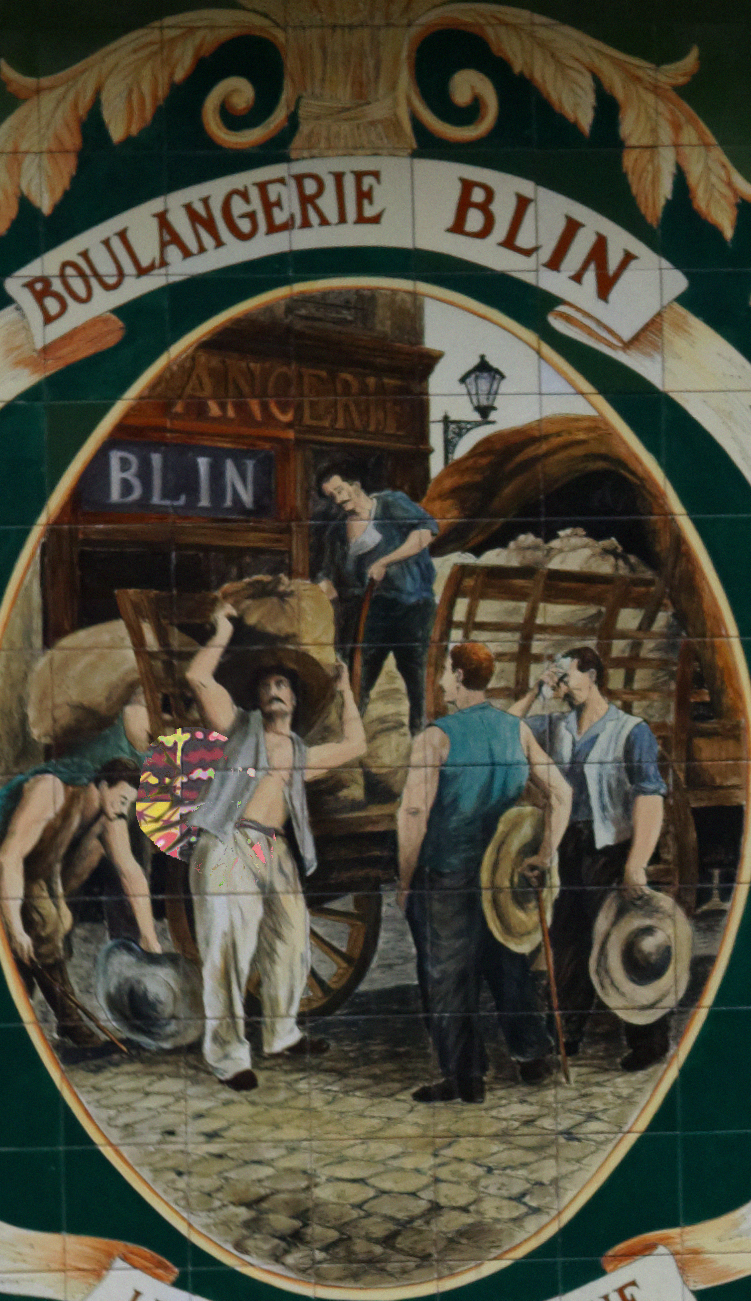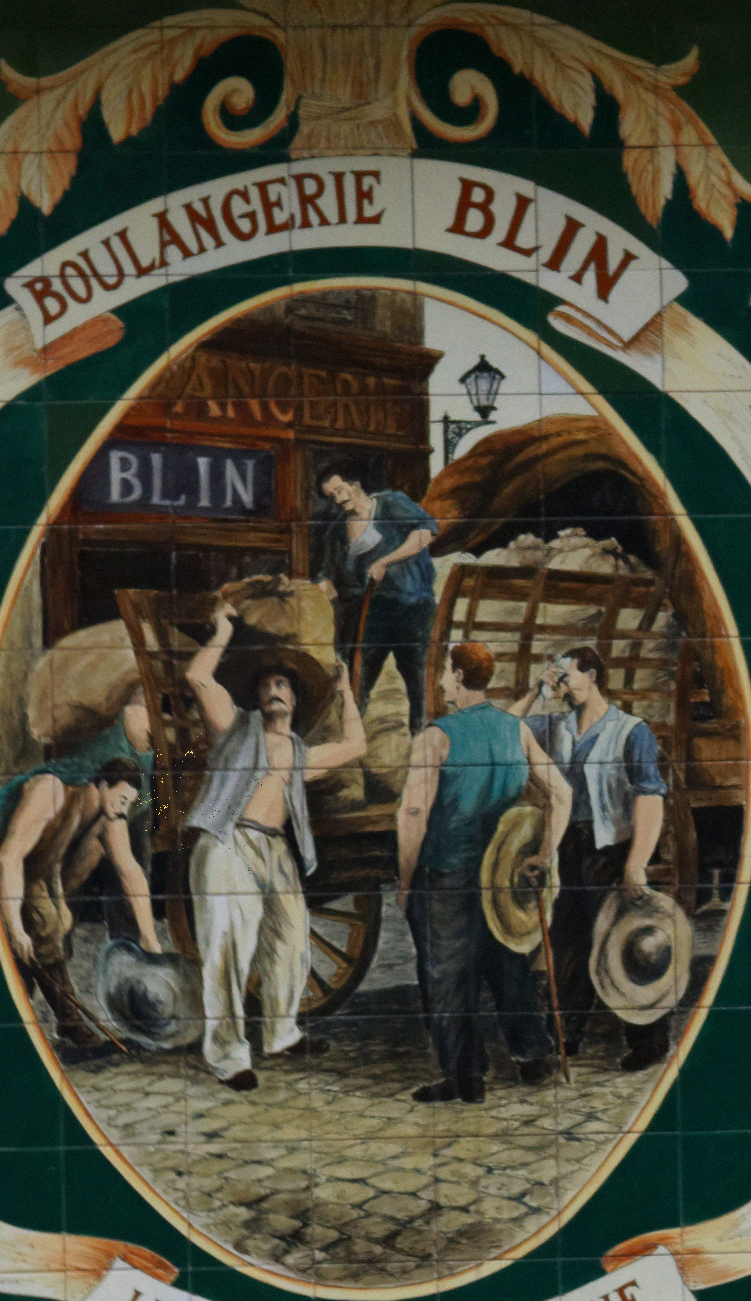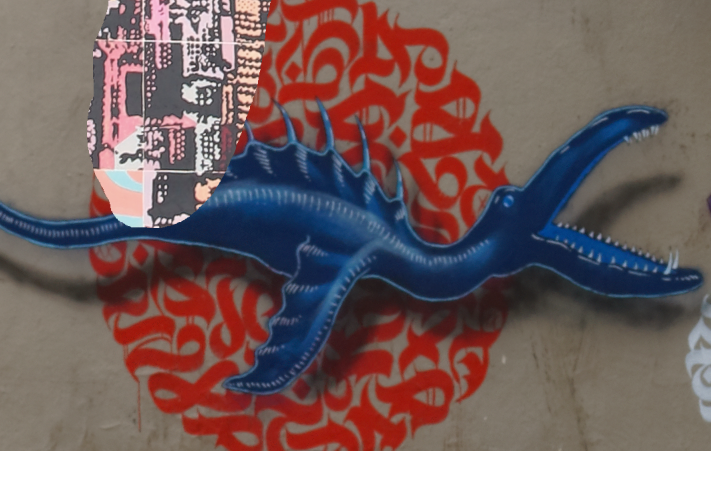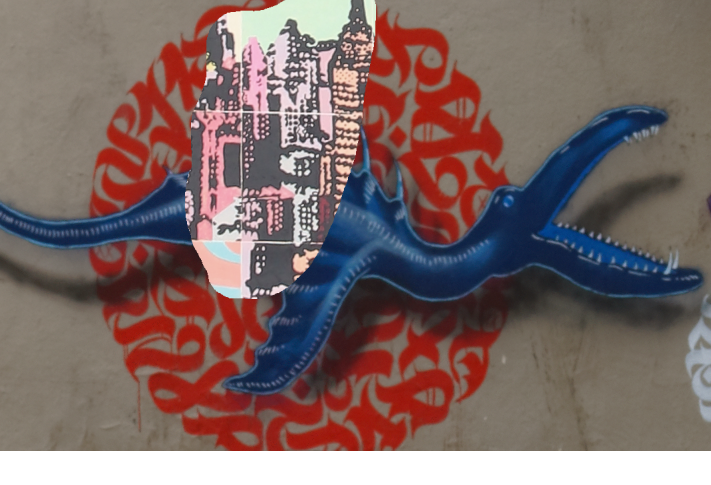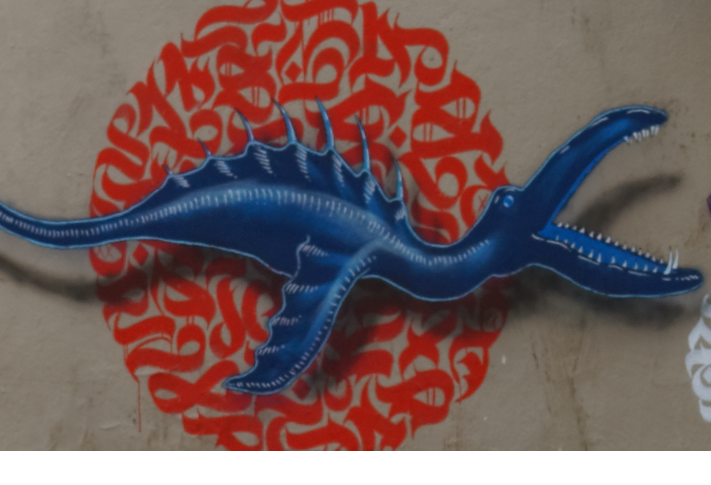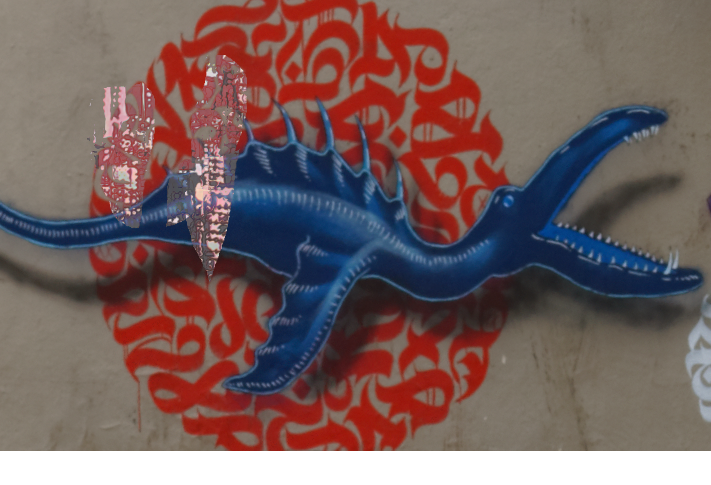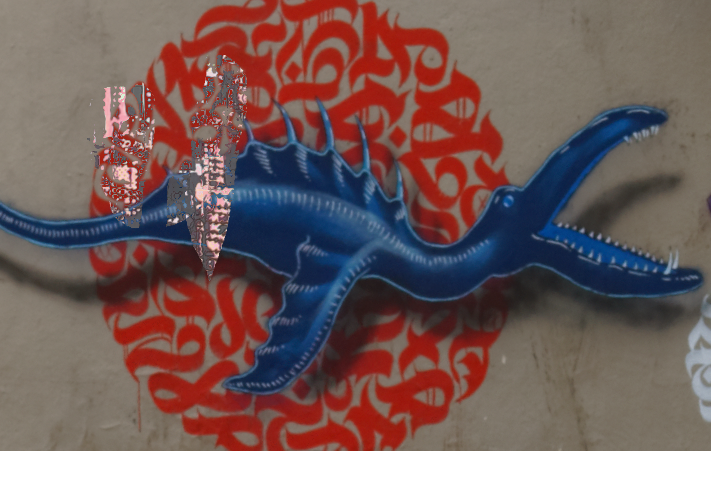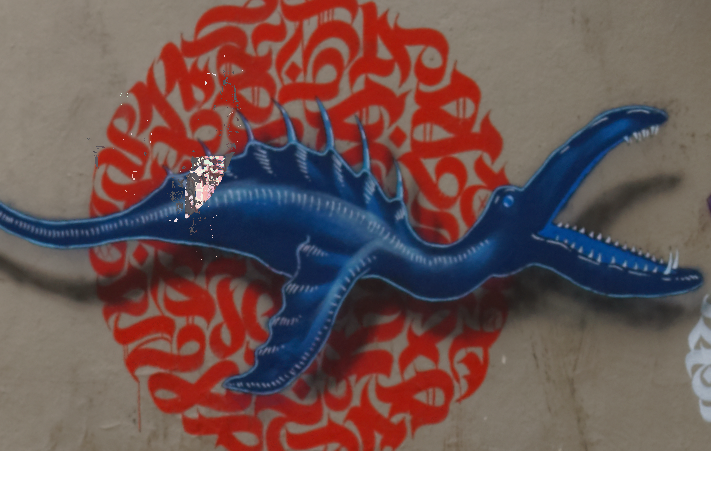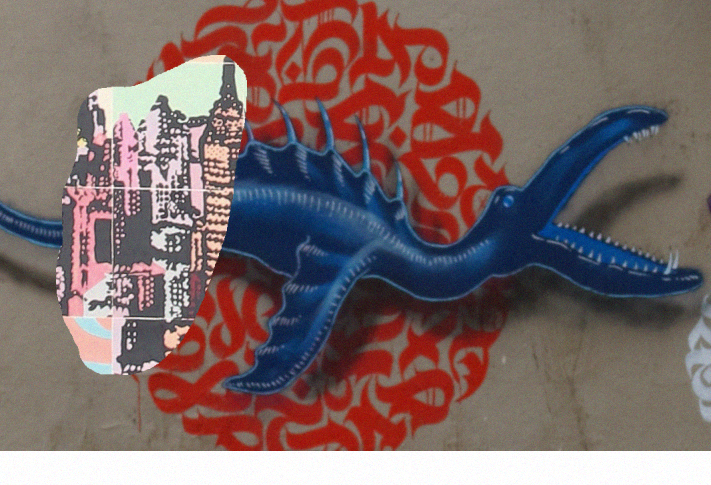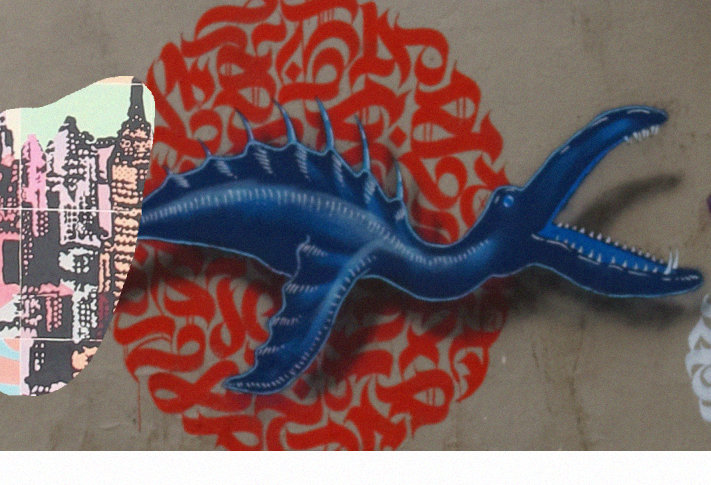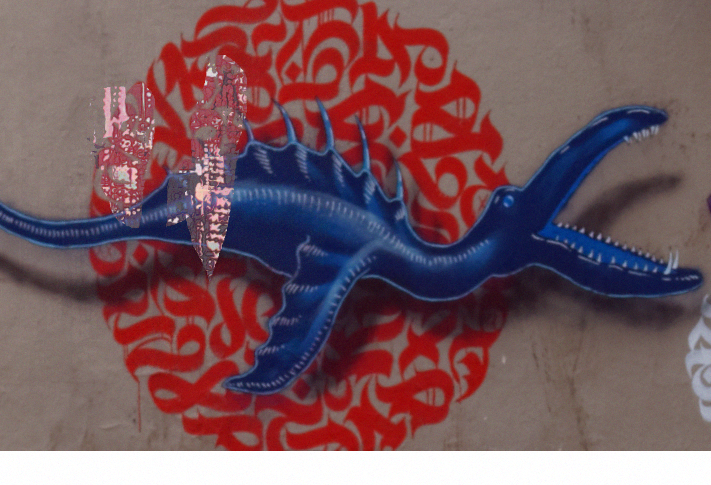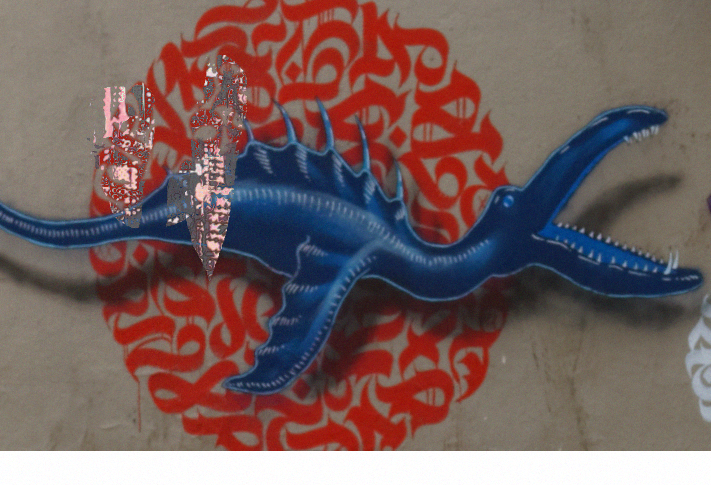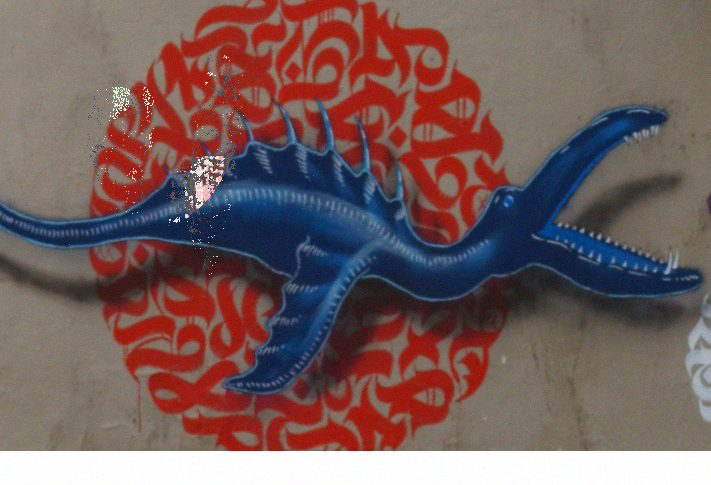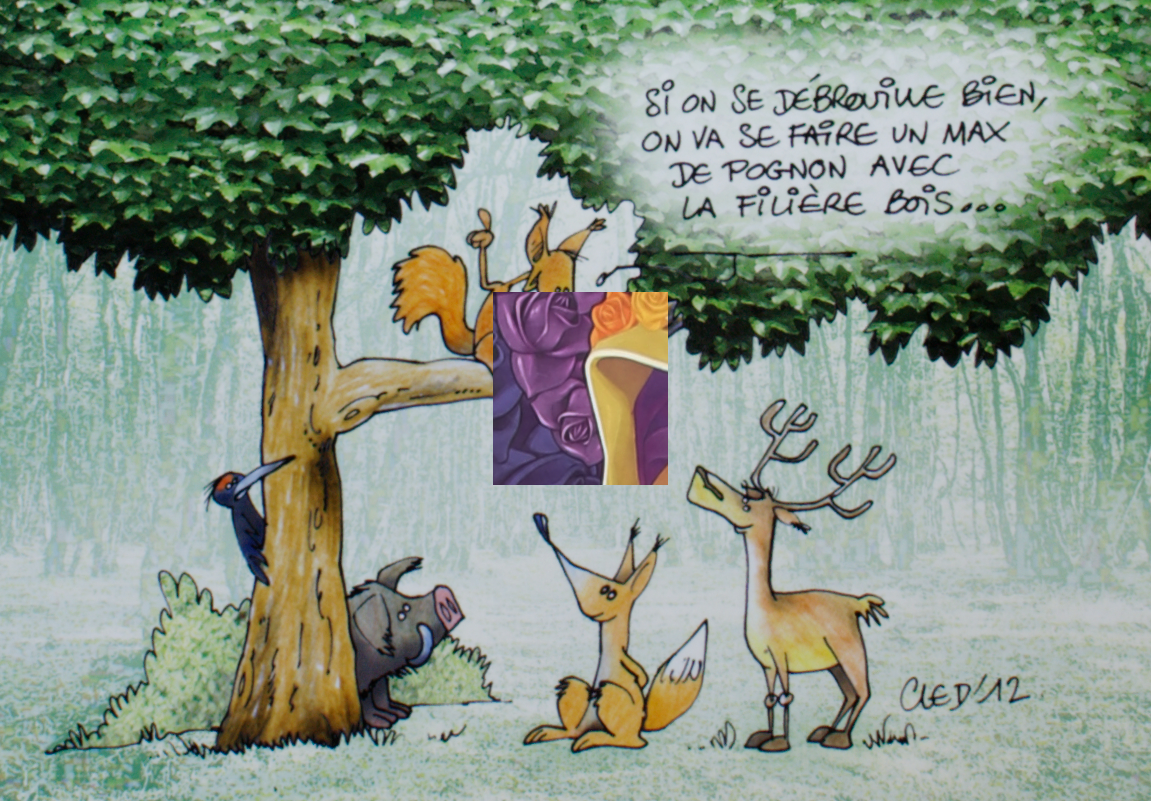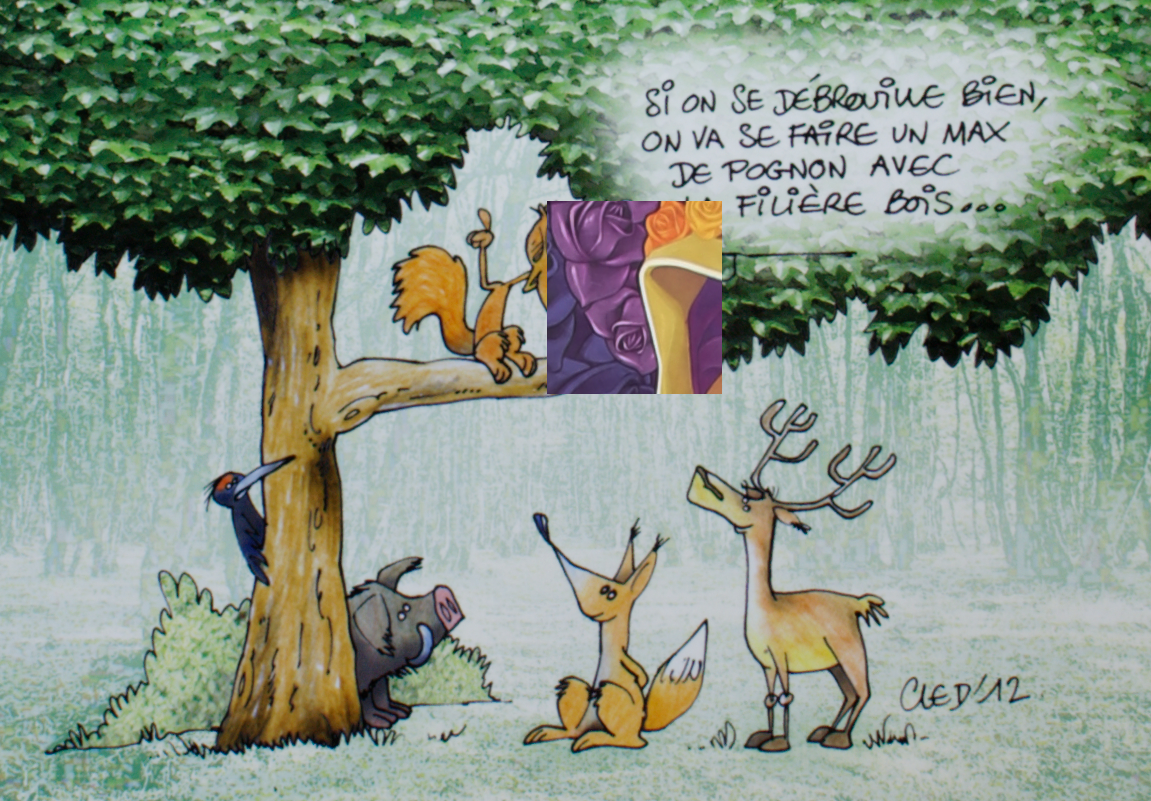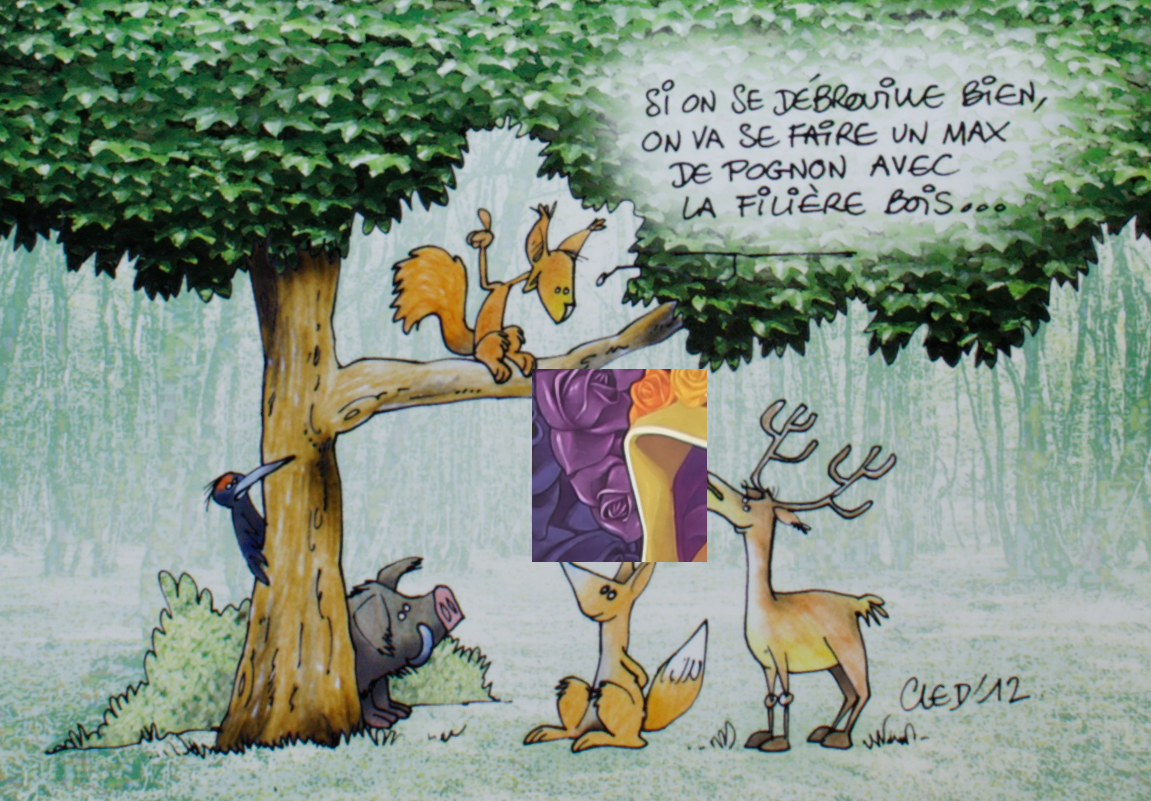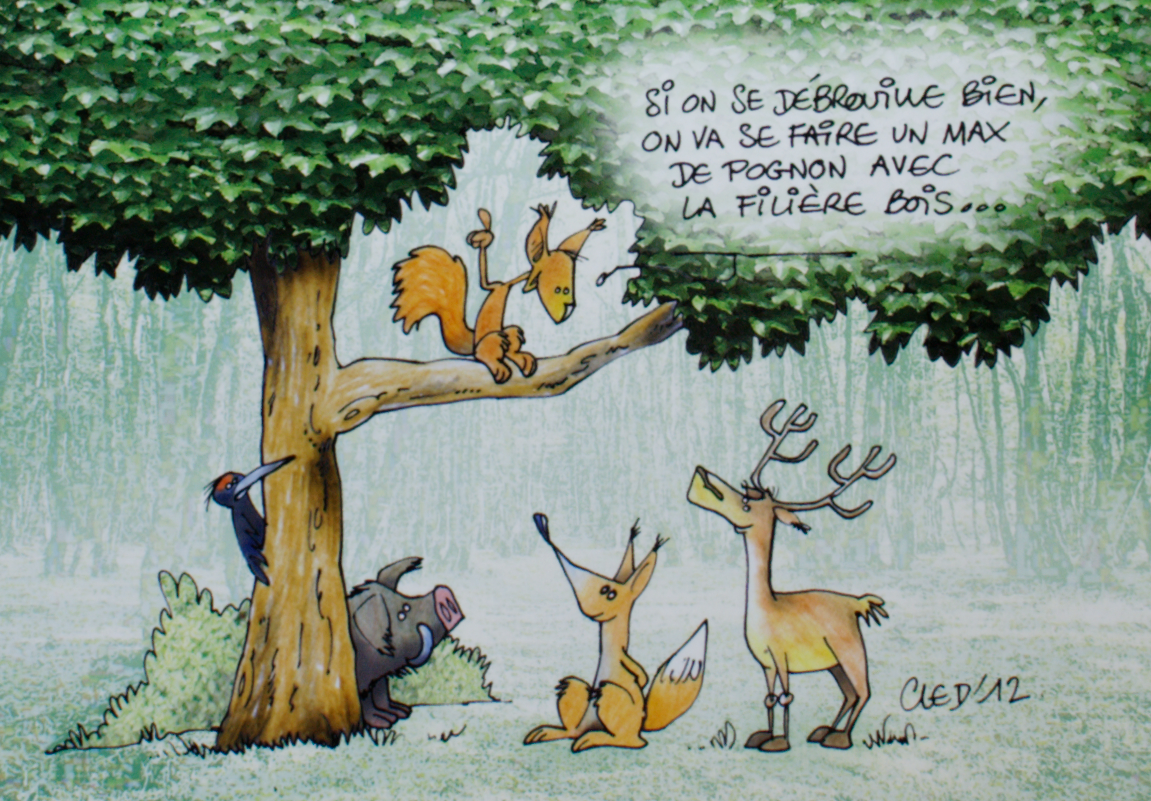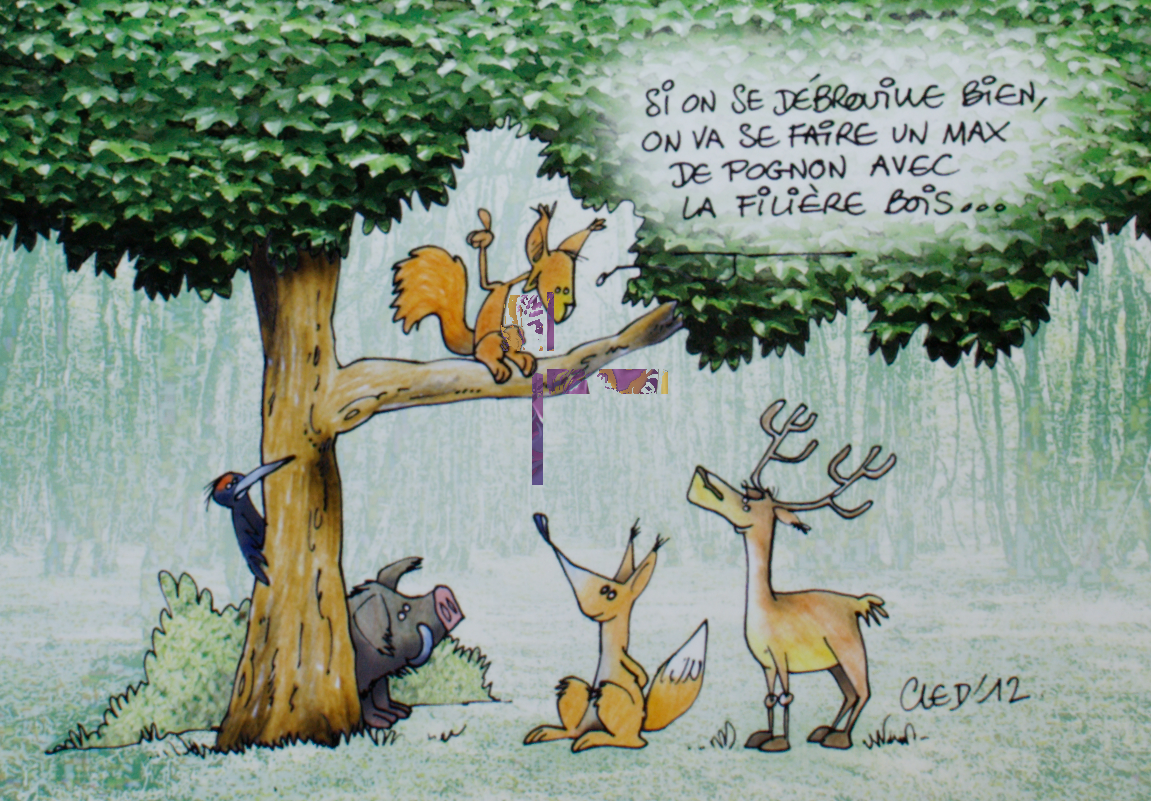Download here : Original images Results
A fast algorithm for occlusion detection and removal
by Xiaoyi Yang, Yann Gousseau, Henri Maître, Yohann Tendero
Description
This paper describes a simple and fast algorithm for removing occlusions that occur in image sequences. In contrast to many methods of the literature, no assumption is made on occlusions shapes, colors or motions. Instead, this new method assumes that the background can be re-warped using an homography and that the reflectivity is quasi-Lambertian. After geometric and photometric alignments, three methods are evaluated. A median based method, a novel algorithm based on maximal clique detection and a robust PCA method are compared on real and simulated image sequences. This comparison show that this new clique-based method exhibits best performances in terms of quality and reliability.
Results
We provide here the experiment results of two standard methods (median vector filter [1] and RPCA [2]) and a new one. These empirical results show that the proposed method is reliable. Image sequences can be downloaded separately and scripts to reproduce these experiments are given.
1) Real Sequences
For each sequence, the galleries consist of original images, aligned images (geometrically
and photometrically) and final results for these three methods.
2) Simulated Sequences
The following sequences are made by superimposing randomly an occlusion on the background. Each sequence are
tested with or without an additive Gaussian noise N~(0,25) by dense clique, median filter and RPCA method. The table gives the error rates of median and
clique methods in noiseless and noisy cases.
[1] J. Astola, P. Haavisto, and Y. Neuvo, “Vector median filters,” Proceedings of the IEEE, vol. 78, no.
4, pp.678–689, 1990.
[2] T. Bouwmans, N. S. Aybat, and E-H. Zahzah, Handbook of Robust Low-Rank and Sparse Matrix Decomposition: Applications in Image
and Video Processing, Chapman & Hall/CRC, 2016.
Download here : Original images Results
Download here : Original images Results
Download here : Original images Results
Download here : Original images Results
Download here : Original images Results
Download here : Original images Results
| Noiseless Case | 1(0) | 2(1e4) | 3(2e4) | 4(1e5) | 5(8e5) | |
|---|---|---|---|---|---|---|
| Clique | -- | 0.0 | 0.0 | 0.0 | 0.0 | |
| Median | -- | 0.0 | 47.7 | 0.0 | 0.0 | |
| Noisy Case | 1(1) | 2(1e4) | 3(2e4) | 4(9e4) | 5(8e5) | |
| Clique | 100 | 1.0 | 1.2e-2 | 1.1e-3 | 0.0 | |
| Median | 100 | 52.9 | 0.0 | 0.0 | 0.0 |
Download here : Noiseless images Noisy images
| Noiseless Case | 1(1e3) | 2(1e4) | 3(4e4) | 4(6e4) | 5(2e5) | |
|---|---|---|---|---|---|---|
| Clique | 91.1 | 3.2 | 0.0 | 0.0 | 0.0 | |
| Median | 96.7 | 57.8 | 0.0 | 0.0 | 0.0 | |
| Noisy Case | 1(1e3) | 2(1e4) | 3(4e4) | 4(6e4) | 5(2e5) | |
| Clique | 94.7 | 10.5 | 8.4e-2 | 2.9e-3 | 0.0 | |
| Median | 97.4 | 61.8 | 2.0e-2 | 0.0 | 0.0 |
Download here : Noiseless images Noisy images
| Noiseless Case | 1(2e3) | 2(1e4) | 3(5e4) | 4(1e5) | 5(1e5) | |
|---|---|---|---|---|---|---|
| Clique | 98.0 | 1.9 | 0.0 | 0.0 | 0.0 | |
| Median | 99.2 | 83.3 | 0.0 | 0.0 | 0.0 | |
| Noisy Case | 1(1e3) | 2(1e4) | 3(5e4) | 4(1e5) | 5(1e5) | |
| Clique | 99.4 | 8.2 | 4.4e-2 | 0.0 | 0.0 | |
| Median | 99.6 | 85.8 | 3.5e-3 | 0.0 | 0.0 |
Download here : Noiseless images Noisy images
| Noiseless Case | 1(0) | 2(1e3) | 3(2e4) | 4(5e4) | 5(5e5) | |
|---|---|---|---|---|---|---|
| Clique | -- | 26.0 | 0.0 | 0.0 | 0.0 | |
| Median | -- | 77.4 | 0.0 | 0.0 | 0.0 | |
| Noisy Case | 1(0) | 2(1e3) | 3(2e4) | 4(5e4) | 5(5e5) | |
| Clique | -- | 47.6 | 8.5e-2 | 5.5e-3 | 0.0 | |
| Median | -- | 80.3 | 1.7e-2 | 0.0 | 0.0 |
Download here : Noiseless images Noisy images
| Noiseless Case | 1(0) | 2(7e3) | 3(3e4) | 4(7e4) | 5(8e5) | |
|---|---|---|---|---|---|---|
| Clique | -- | 0.0 | 2.1 | 0.0 | 0.0 | |
| Median | -- | 60.7 | 0.0 | 0.0 | 0.0 | |
| Noisy Case | 1(0) | 2(7e3) | 3(3e4) | 4(7e4) | 5(8e5) | |
| Clique | -- | 6.7 | 1.4e-2 | 0.0 | 0.0 | |
| Median | -- | 63.3 | 5.9e-3 | 0.0 | 0.0 |
Download here : Noiseless images Noisy images
